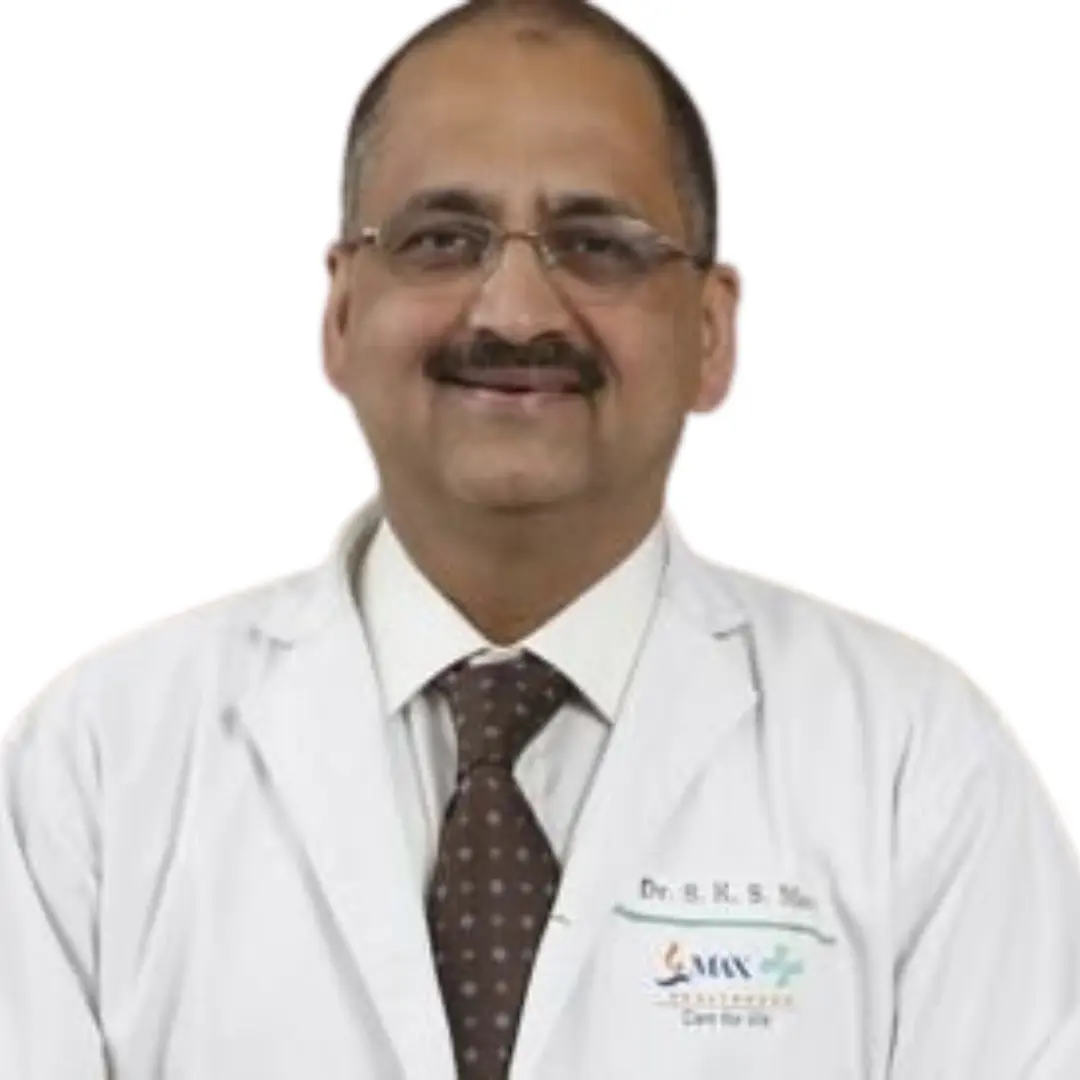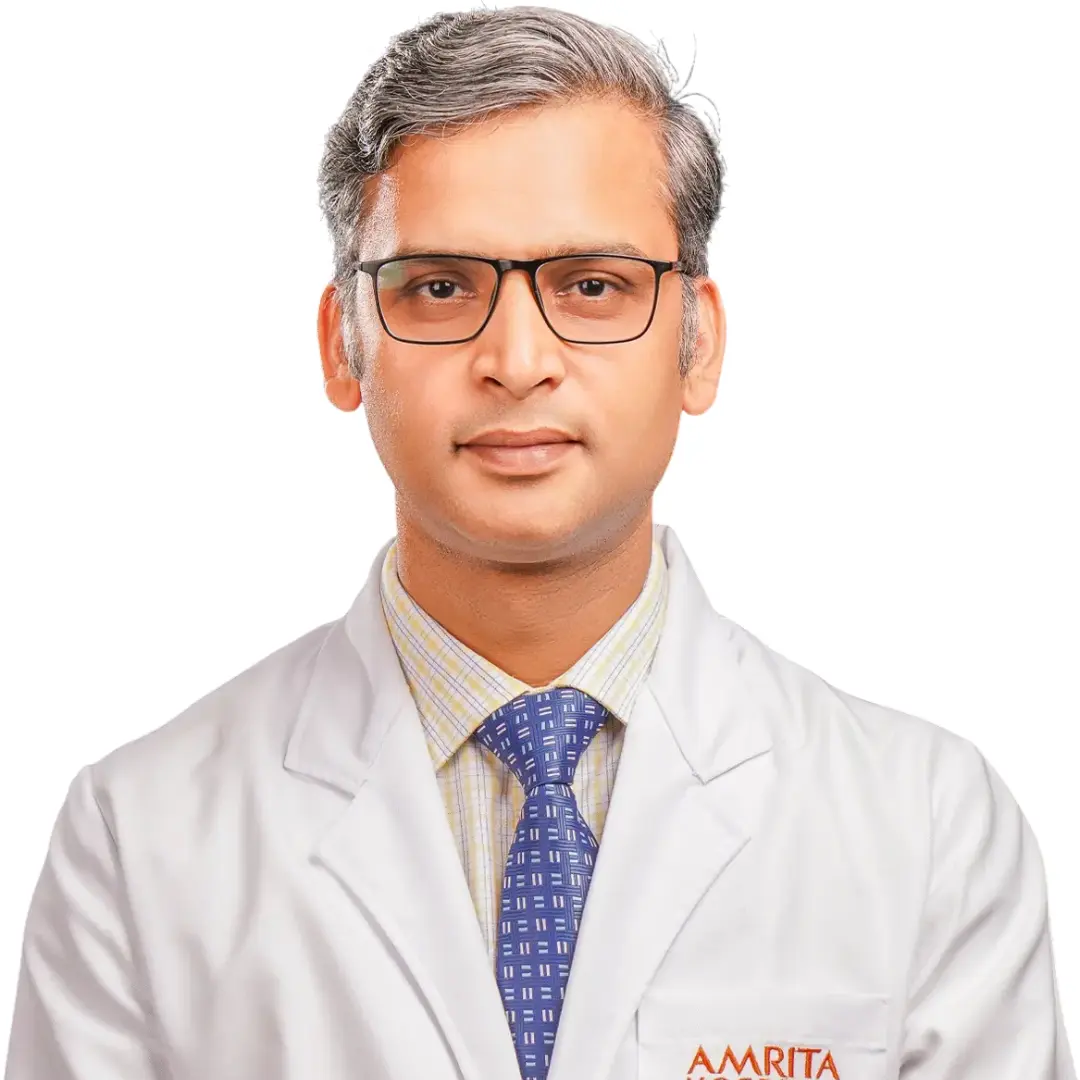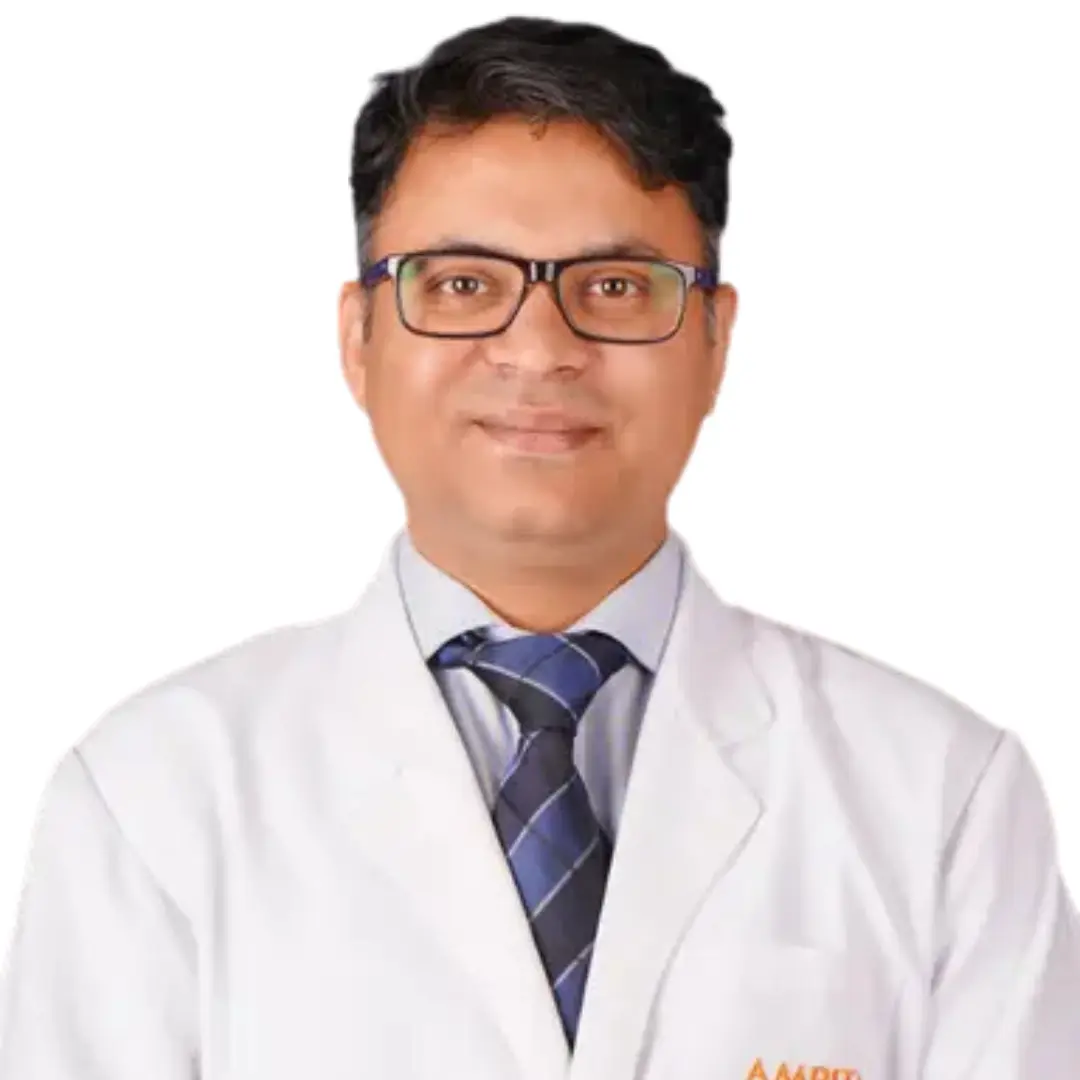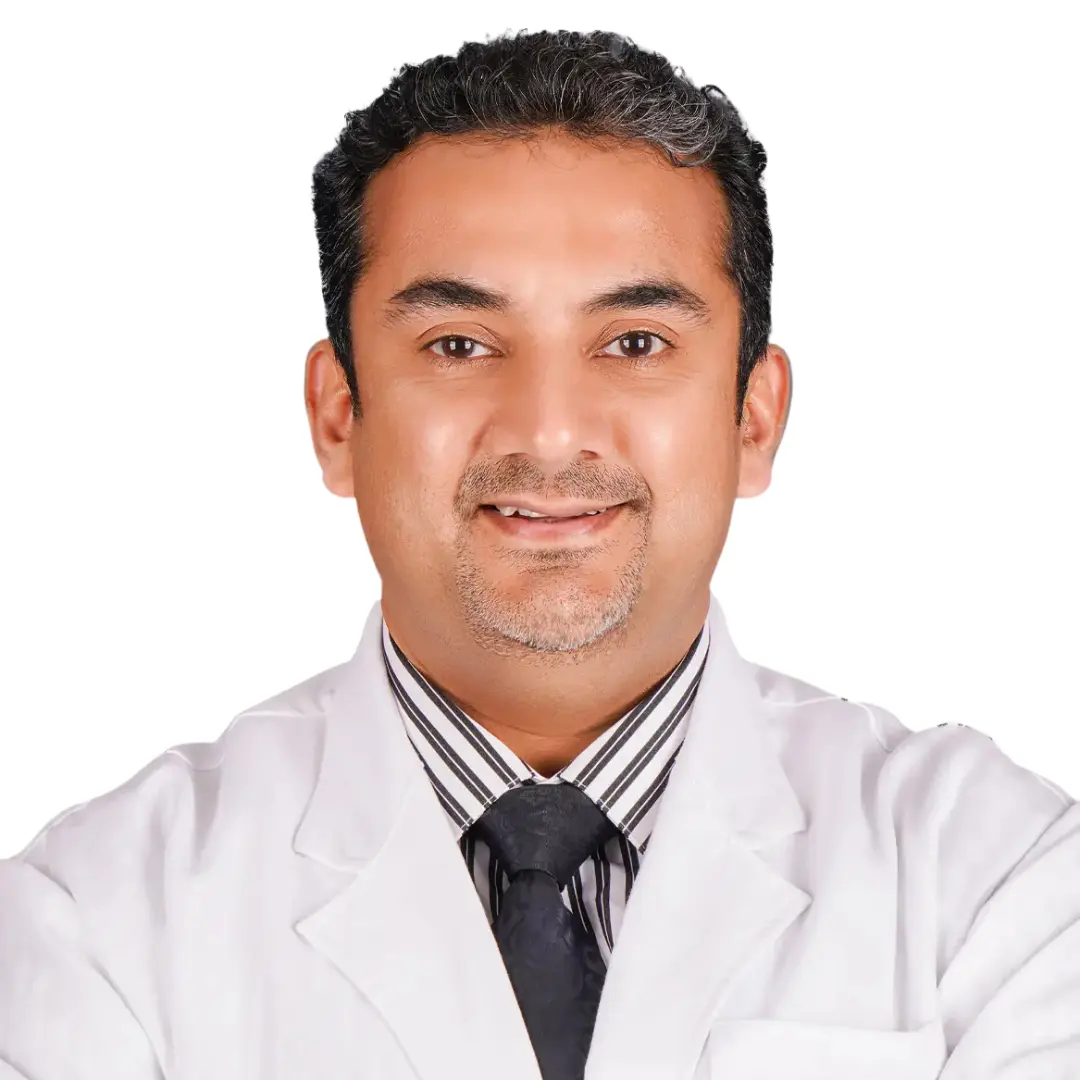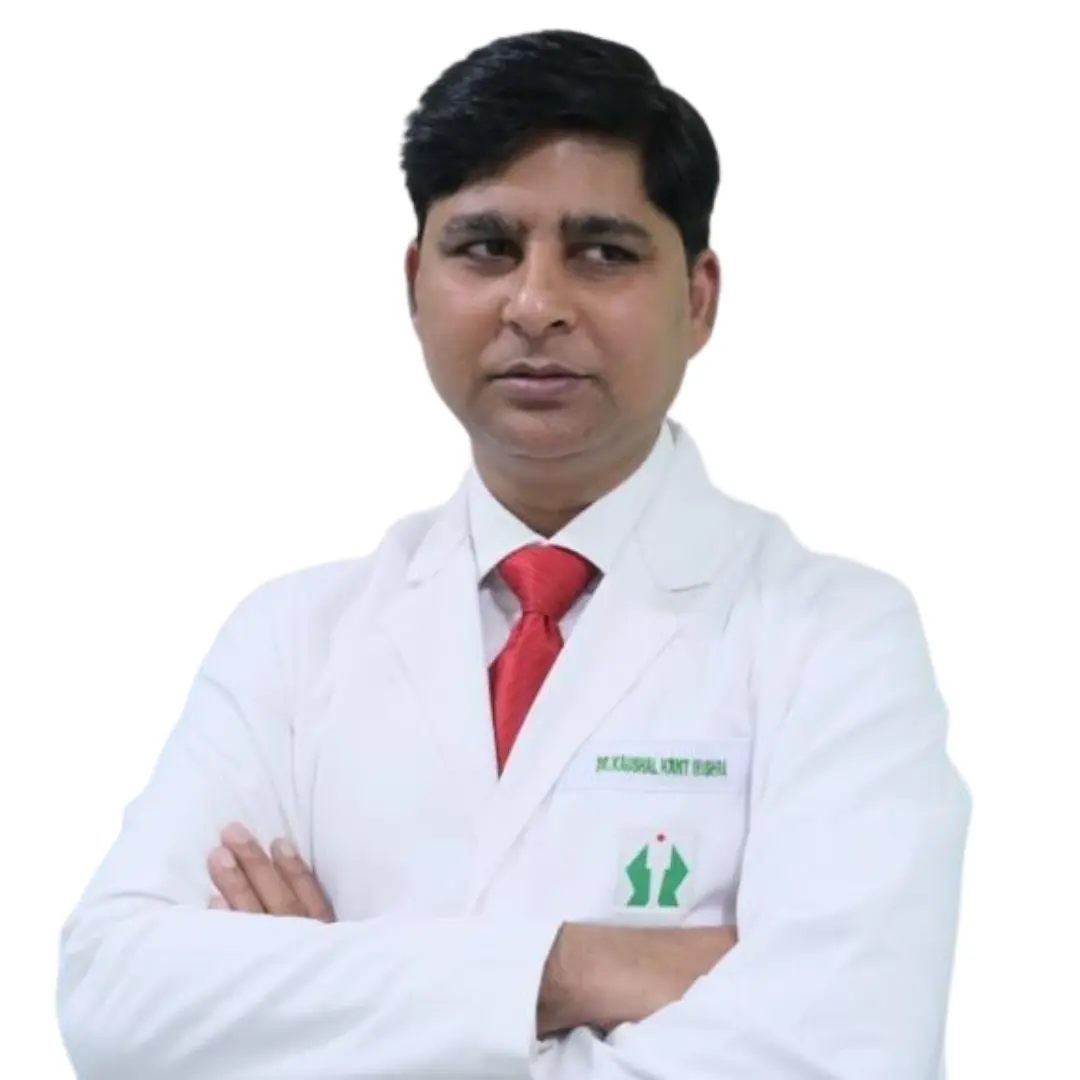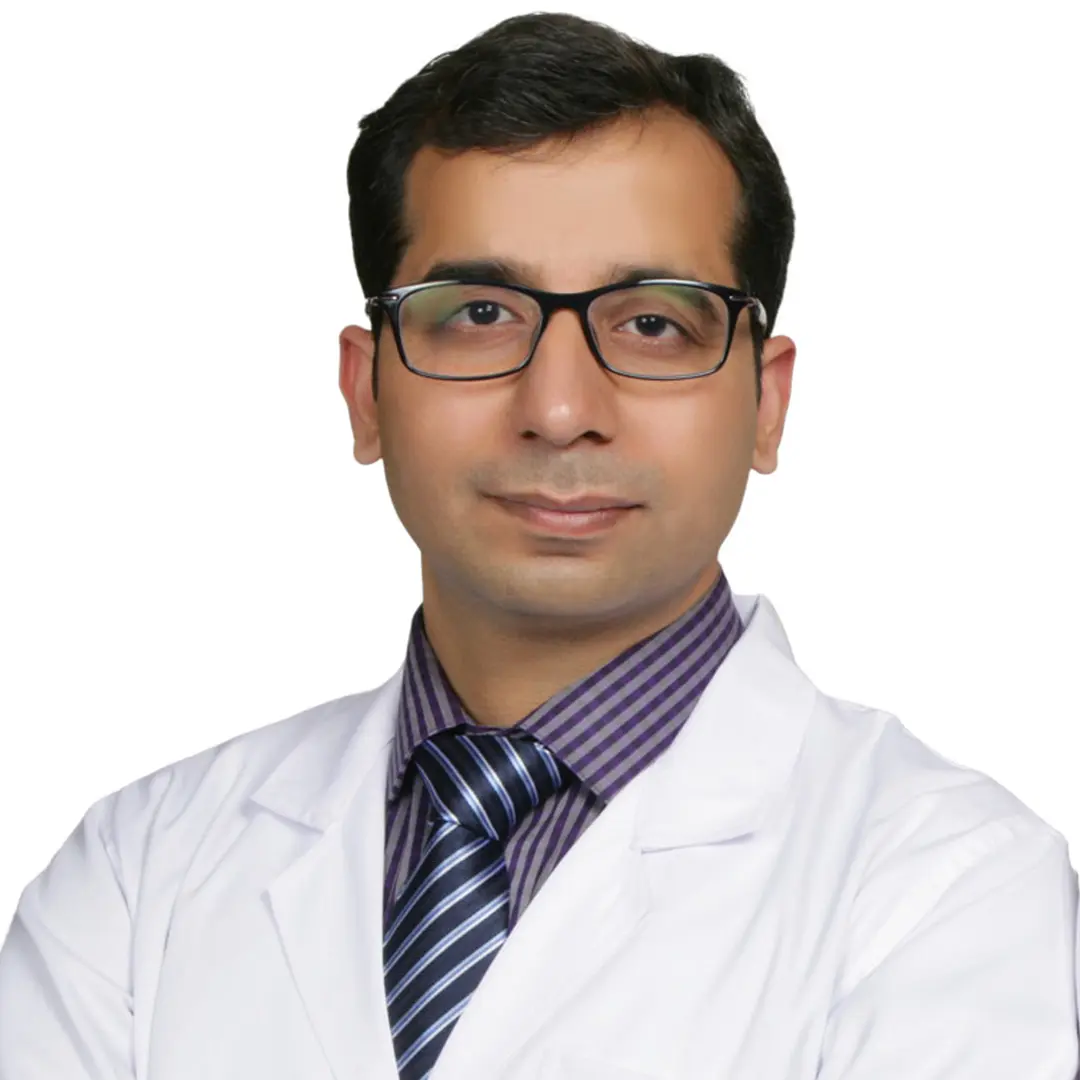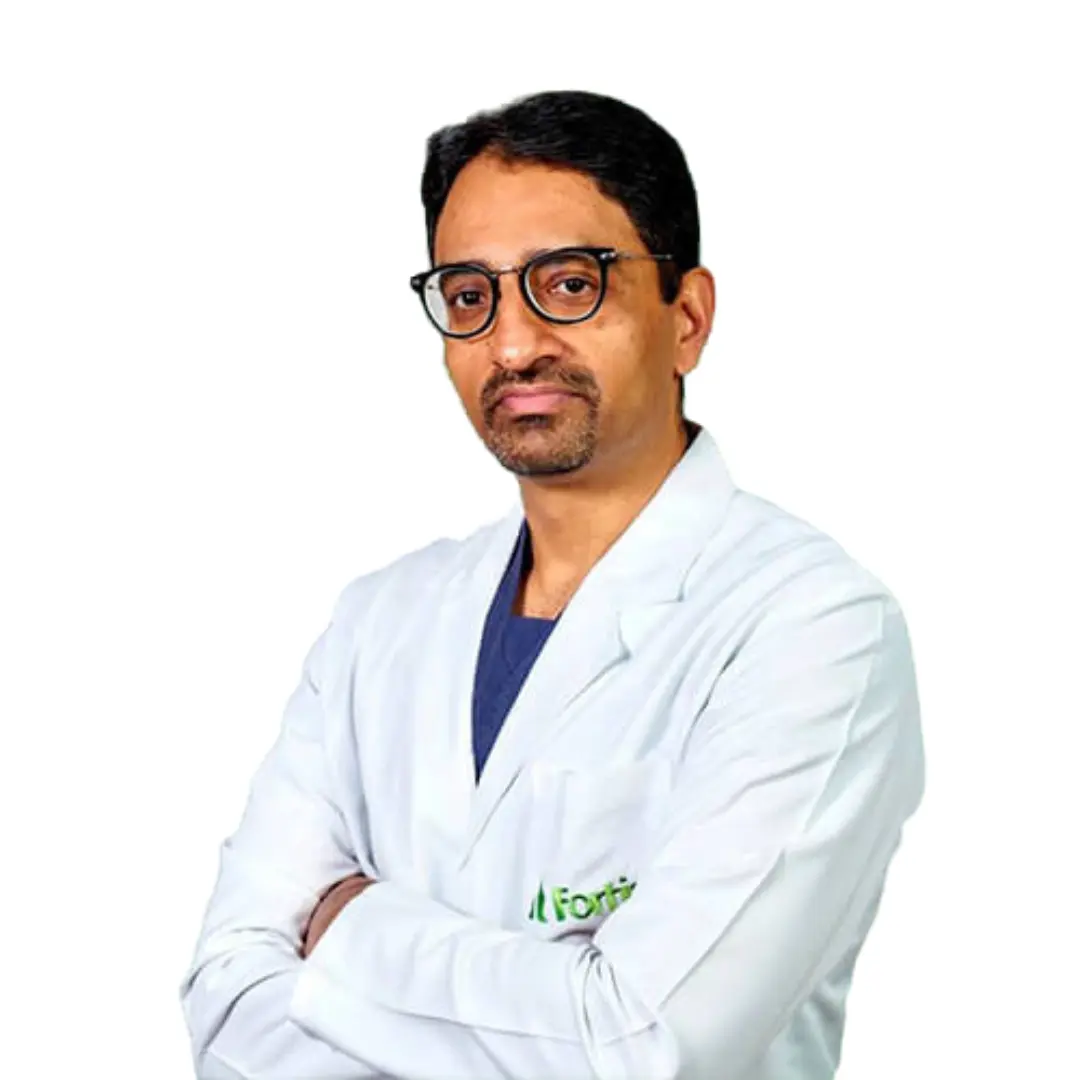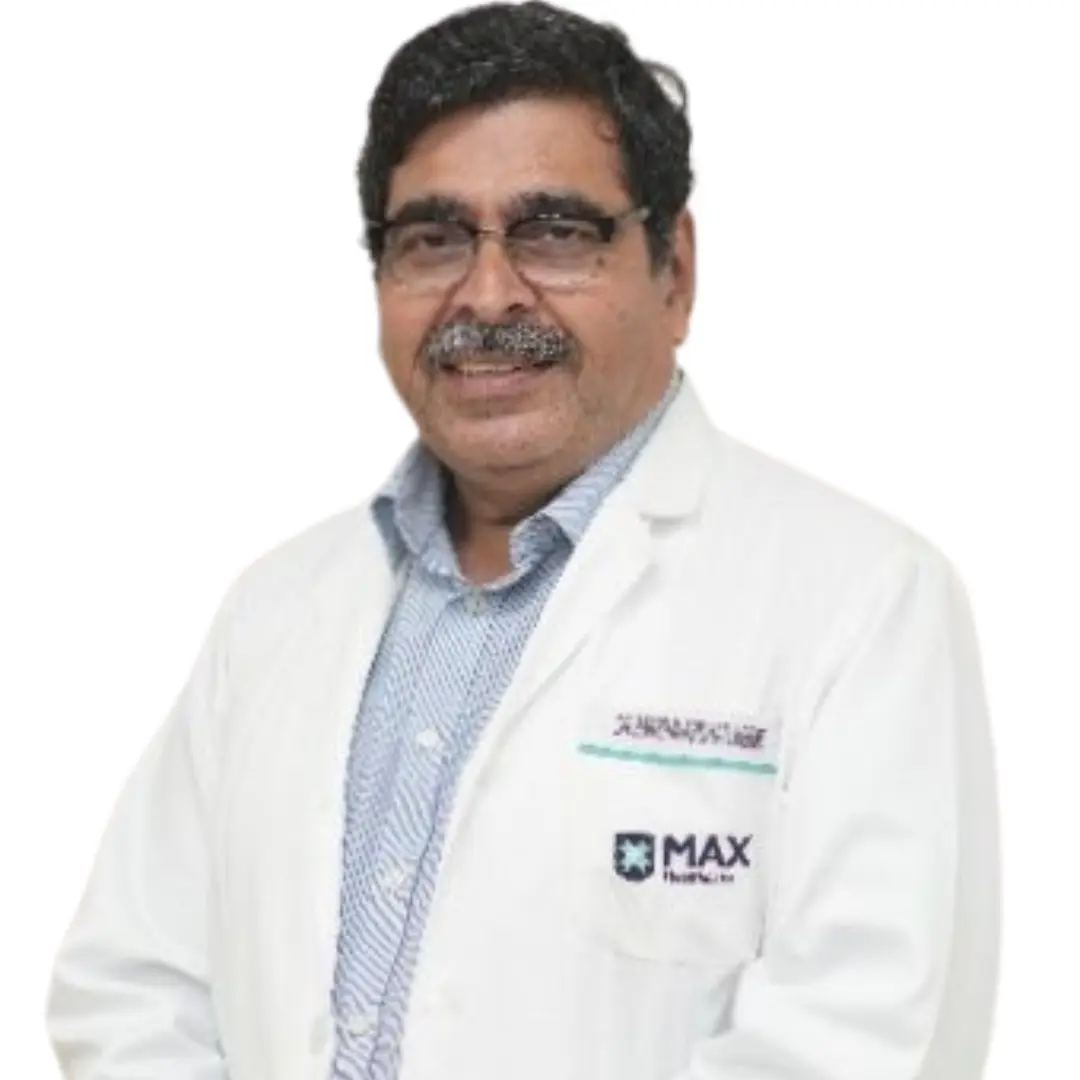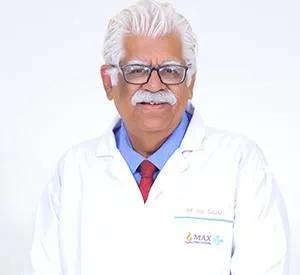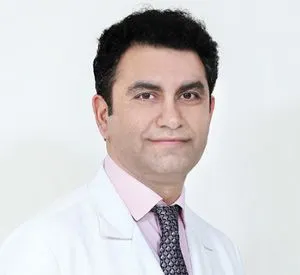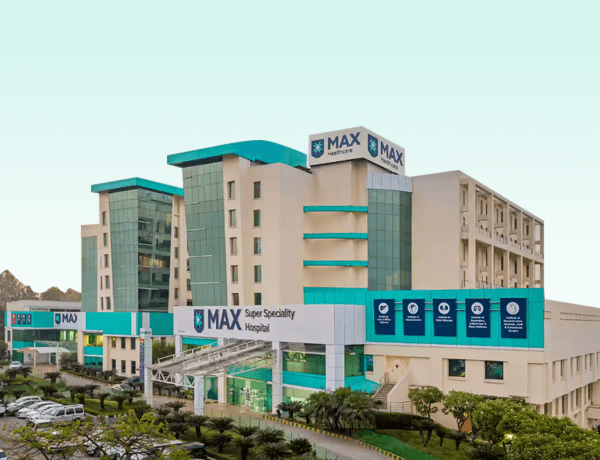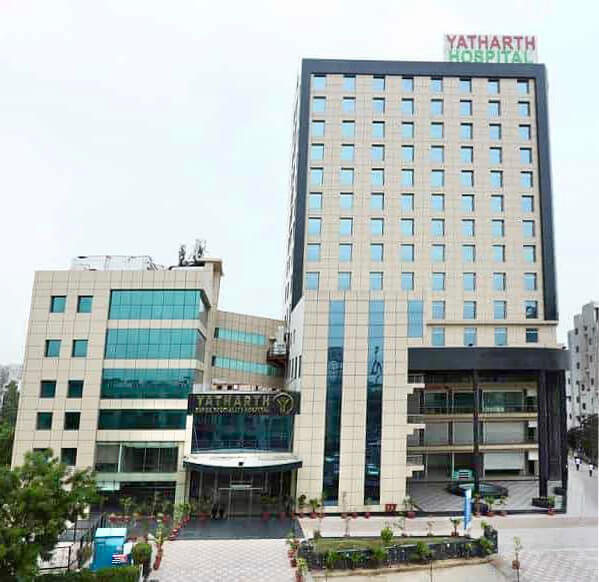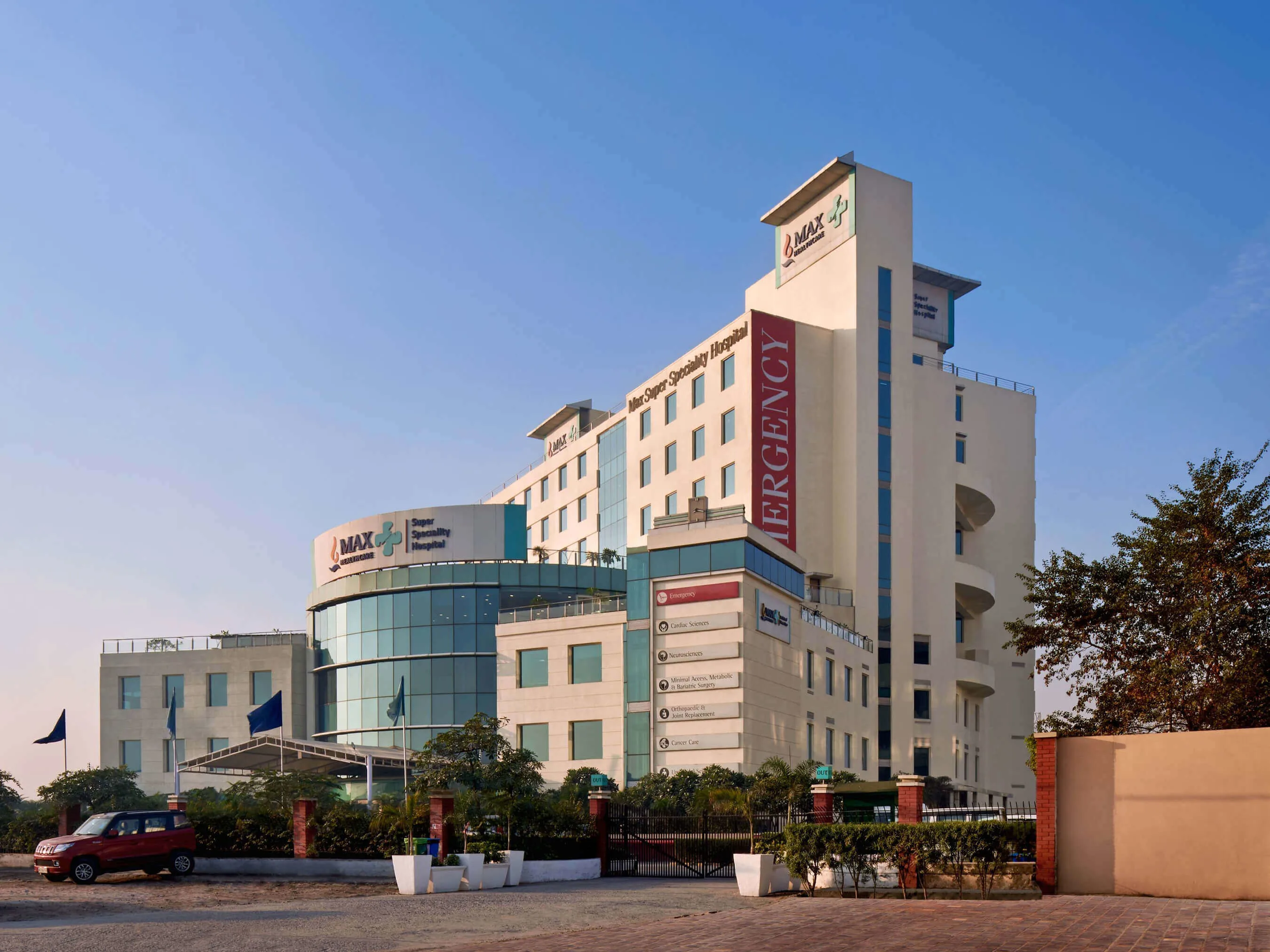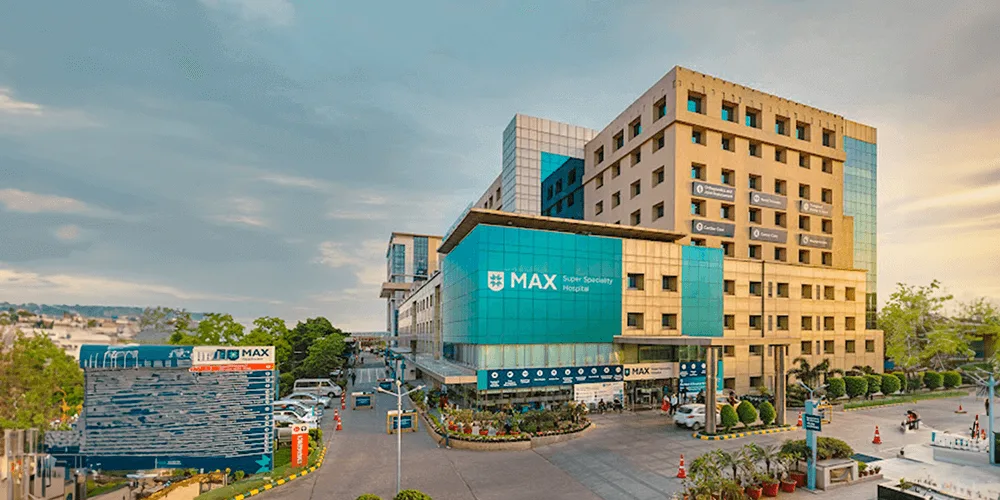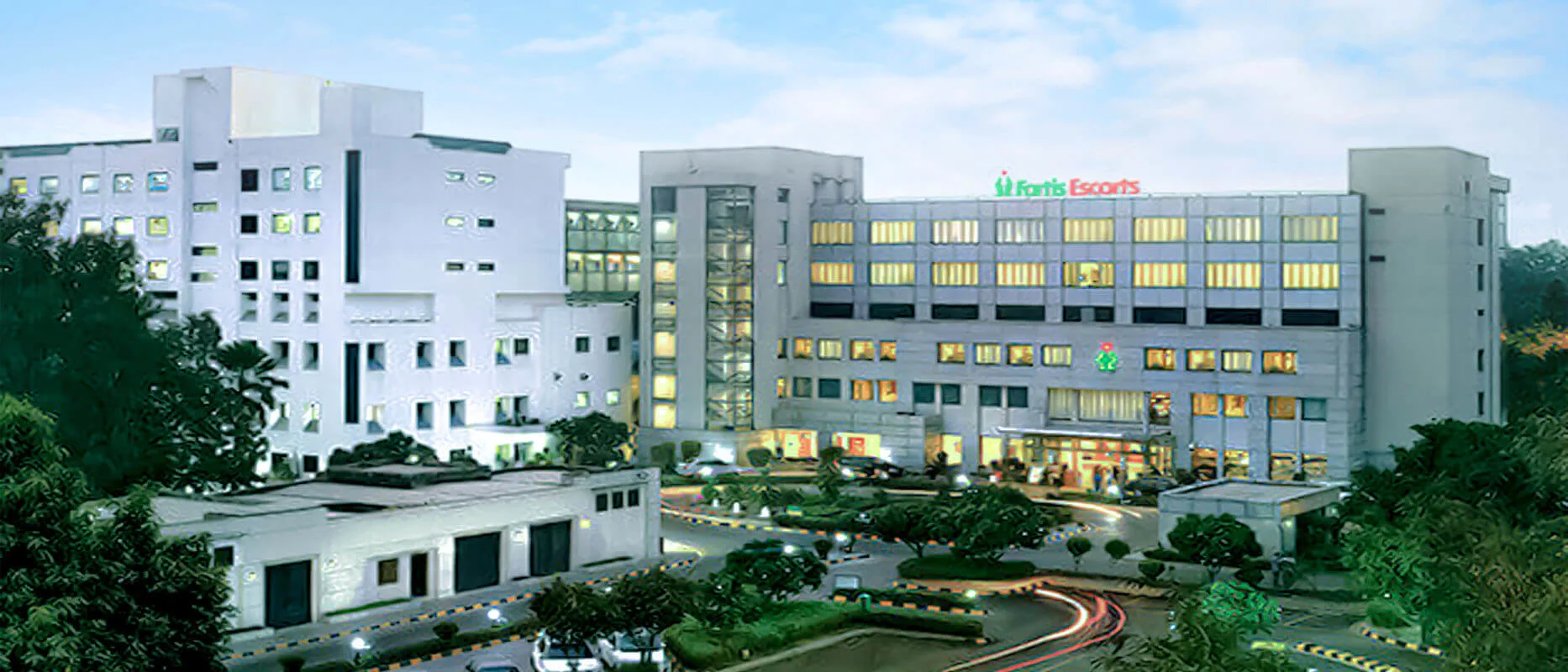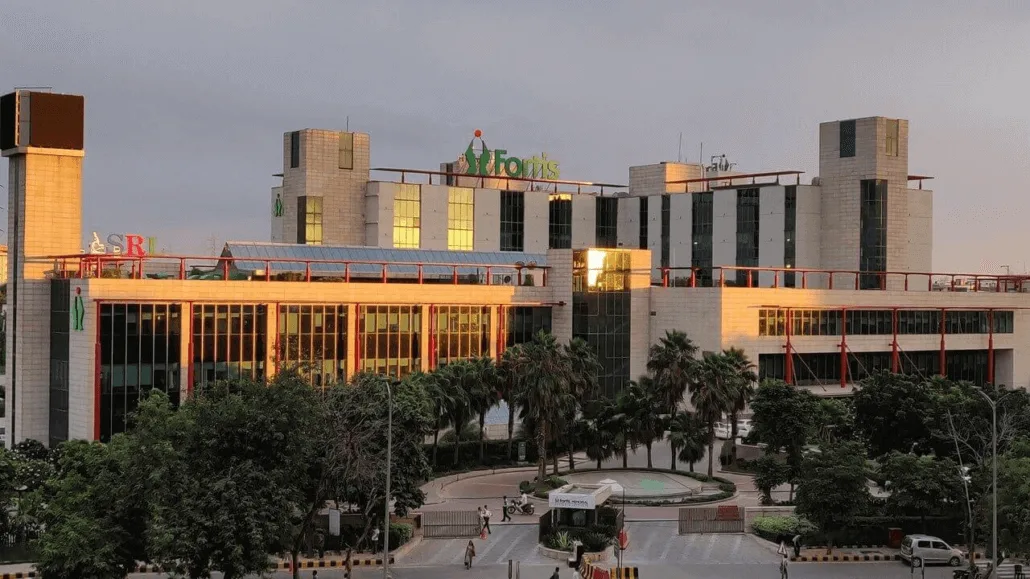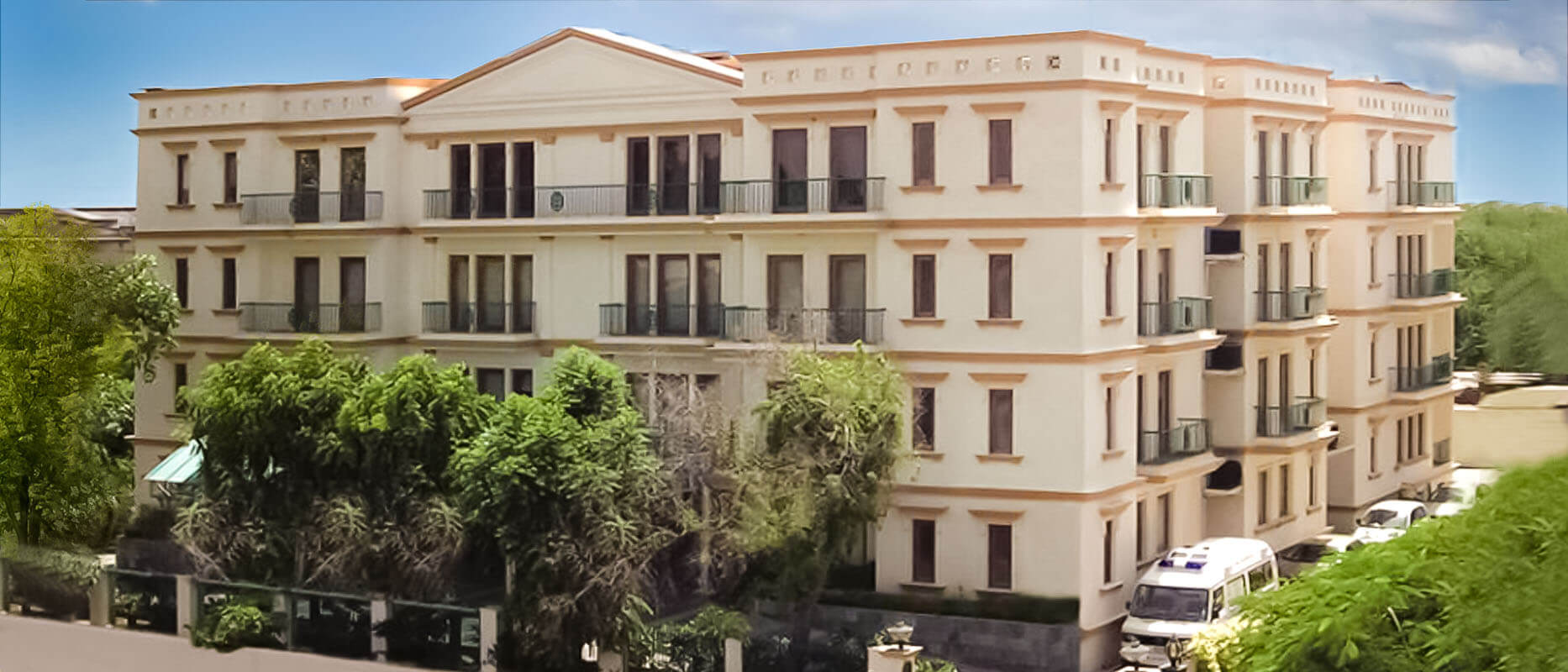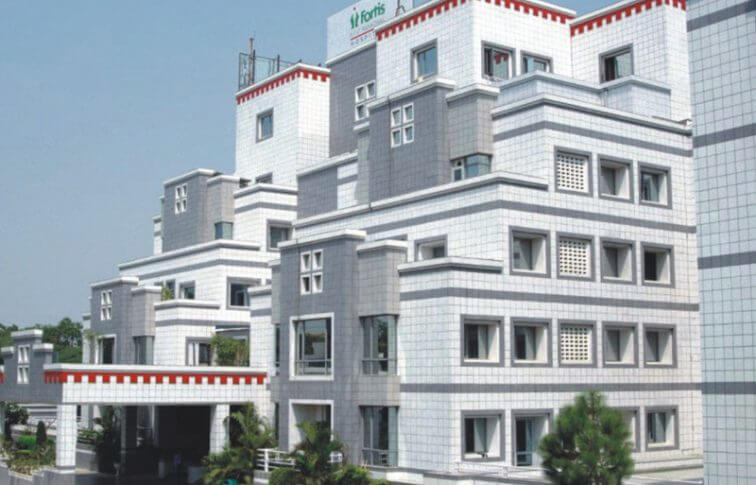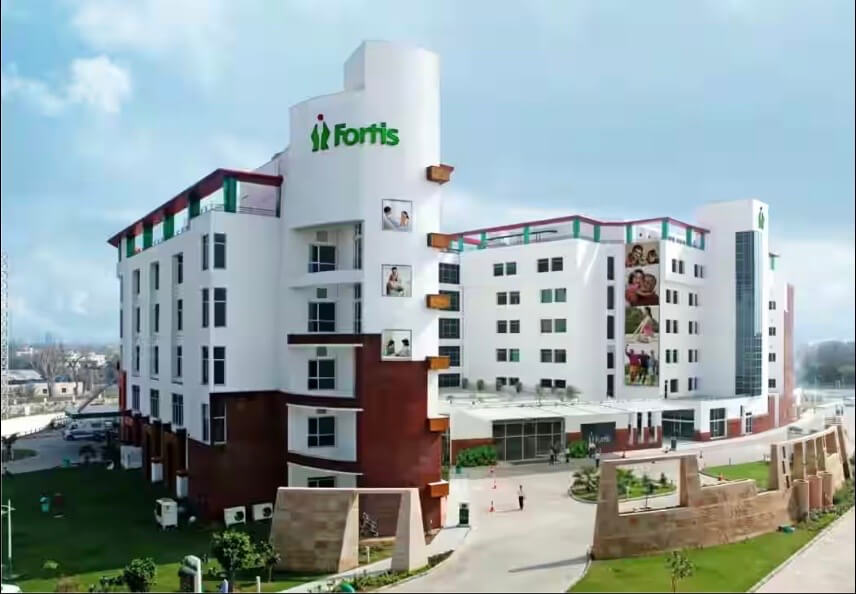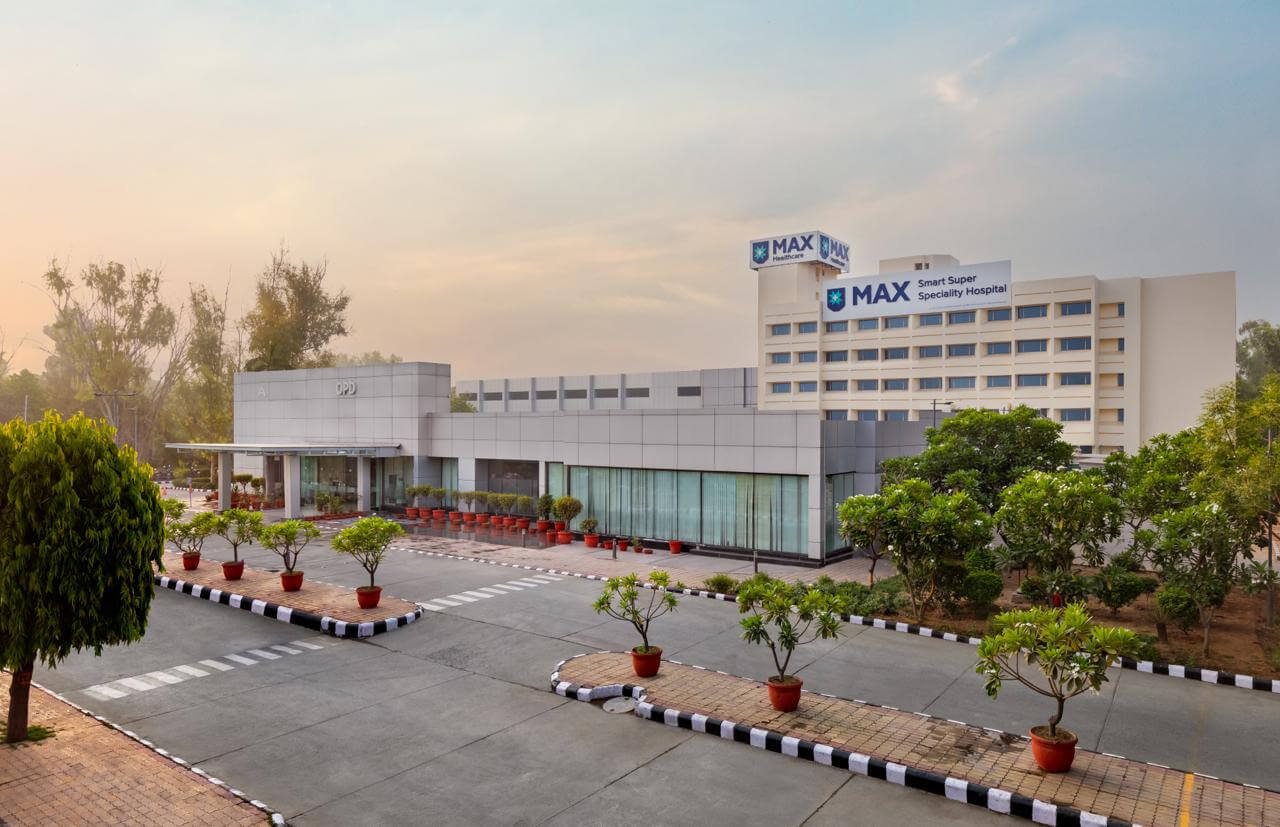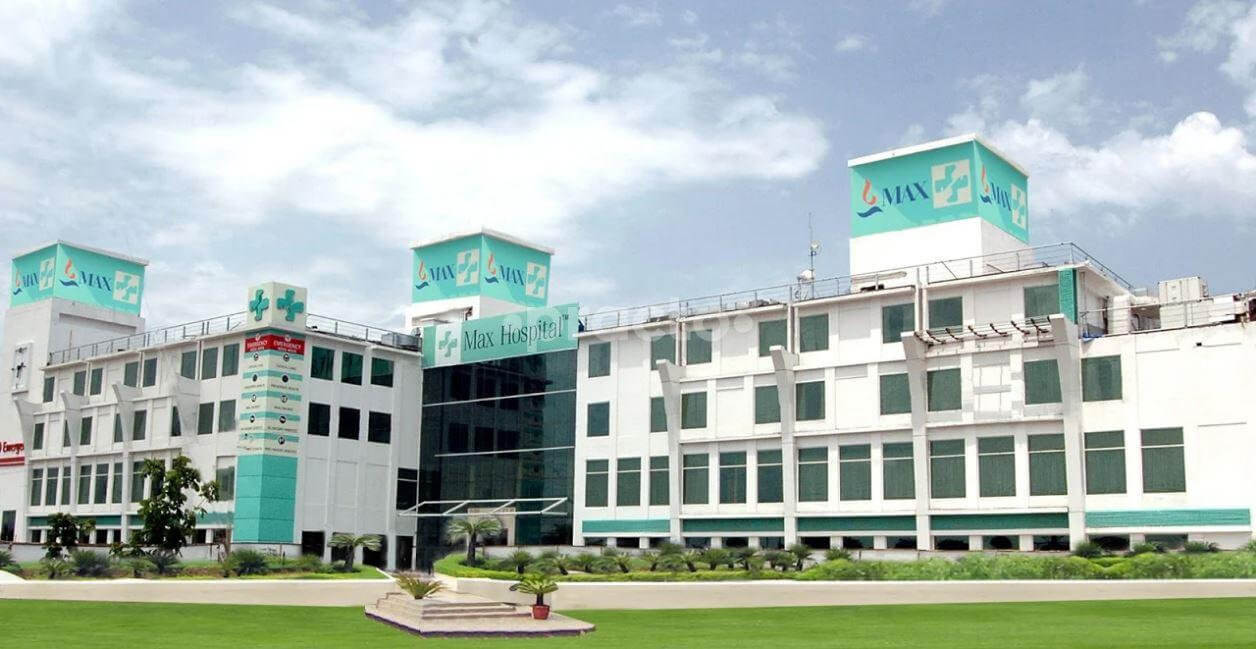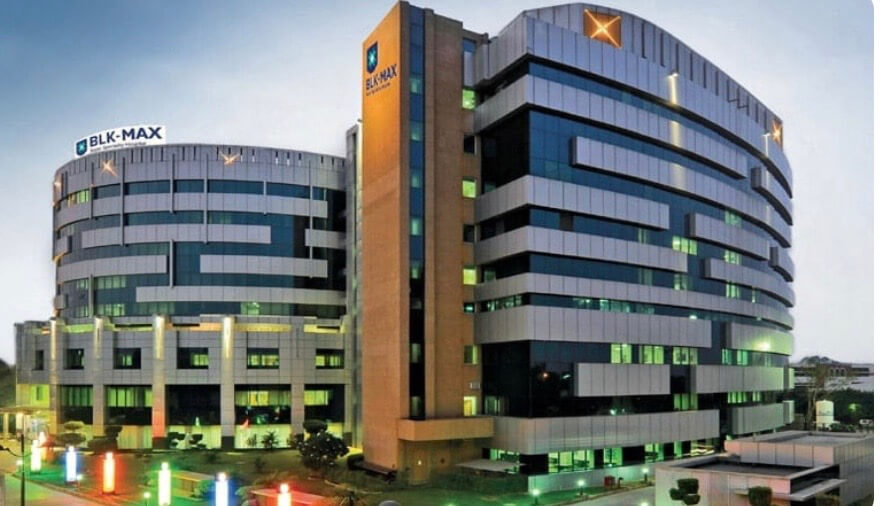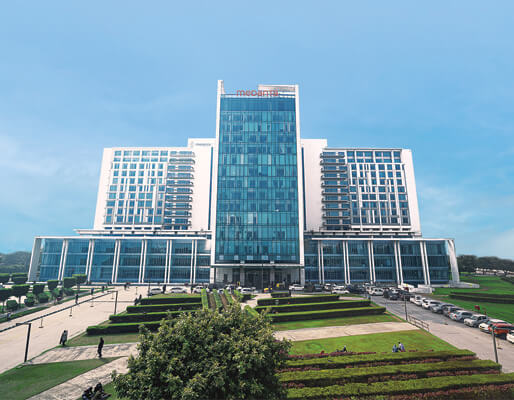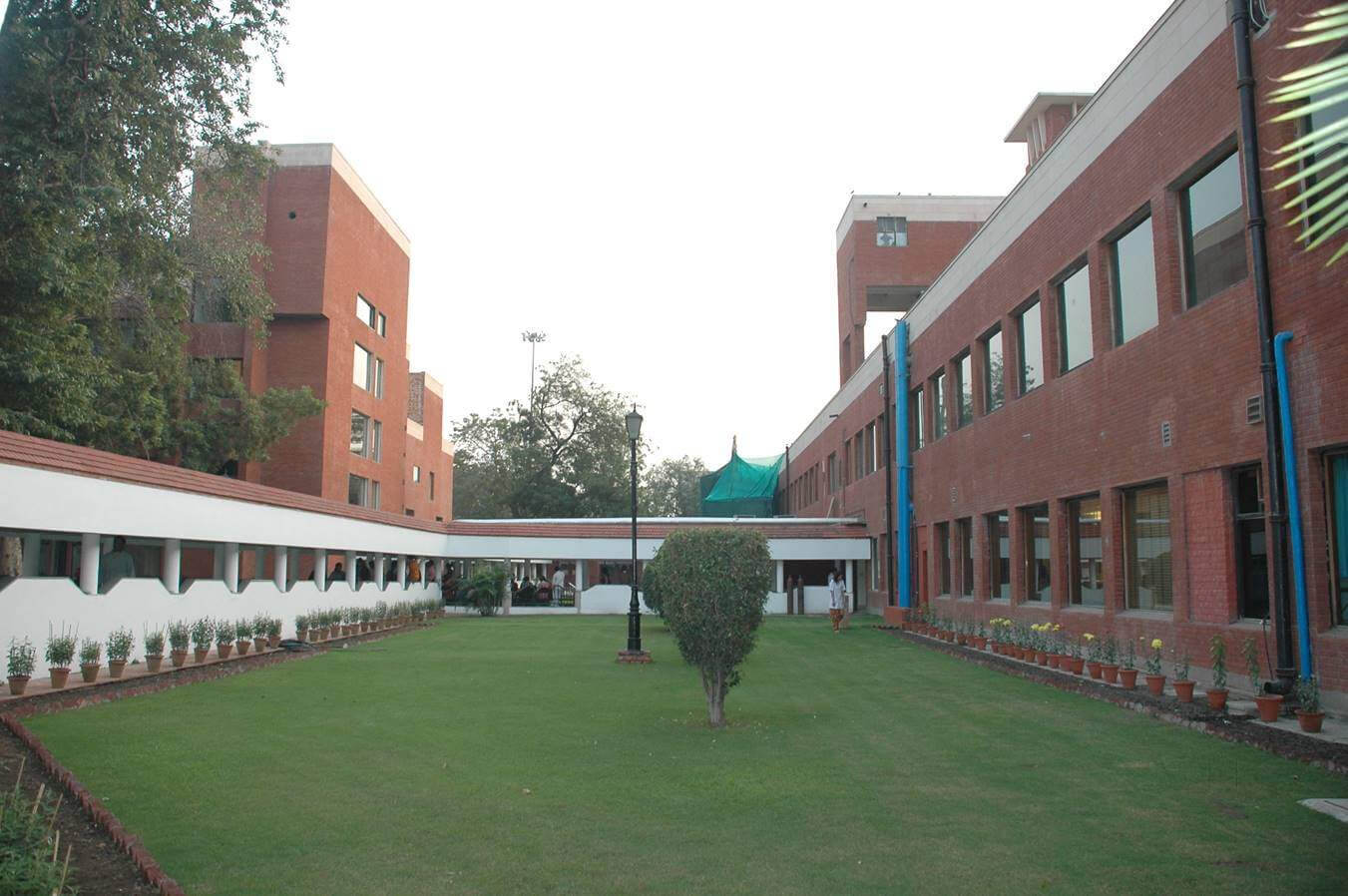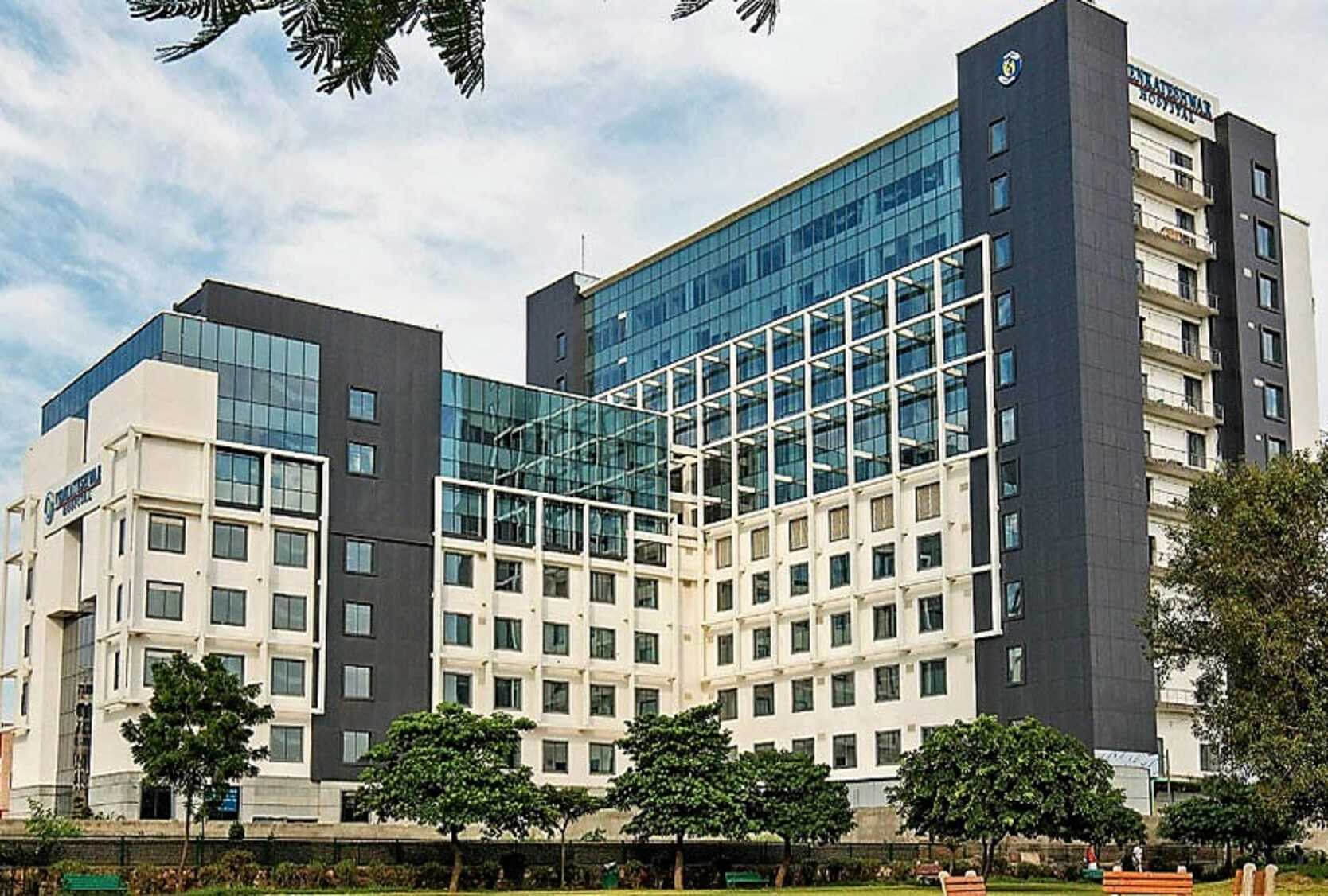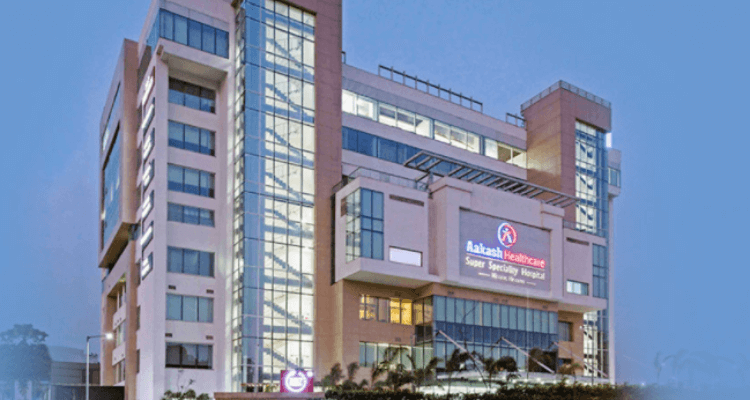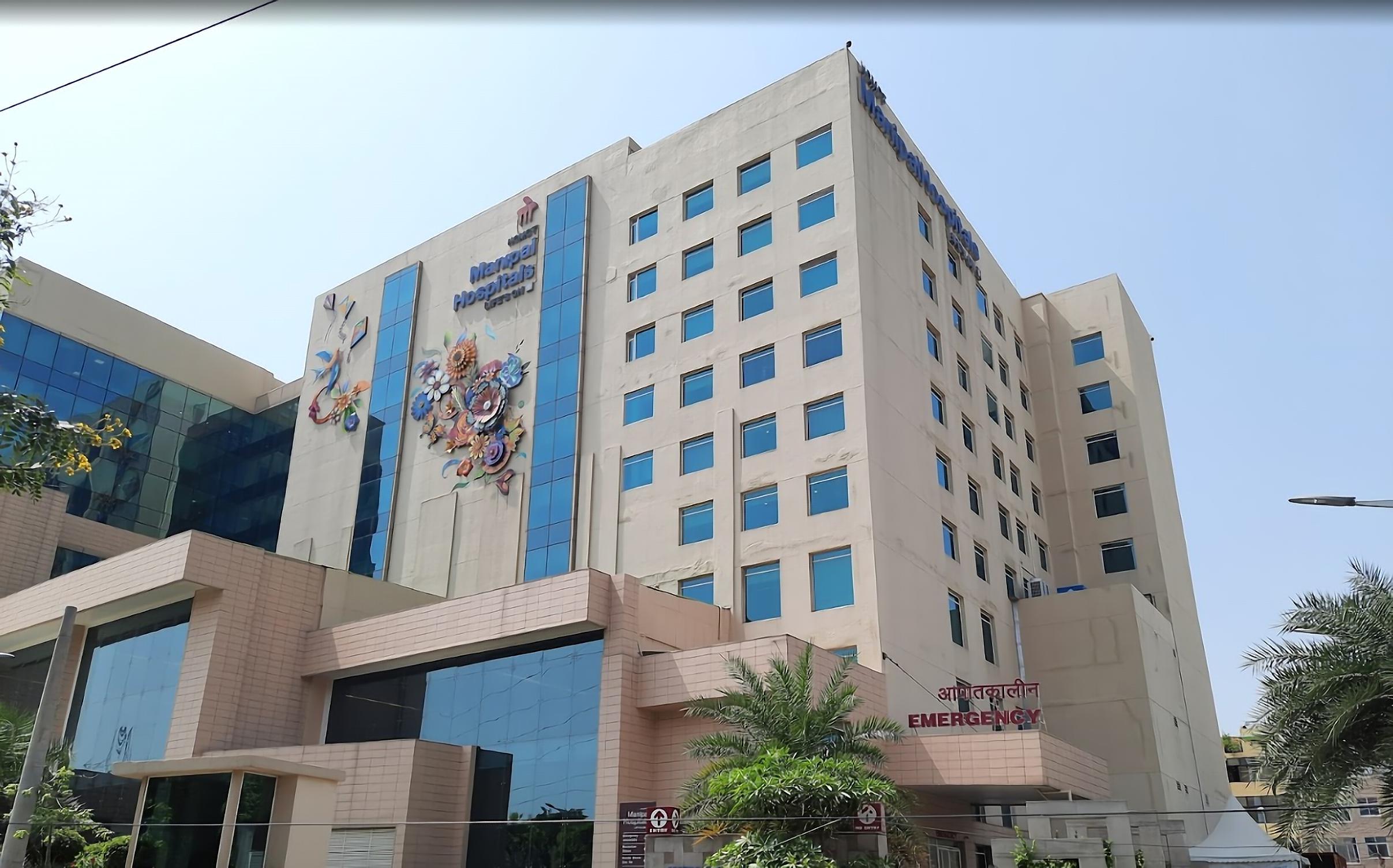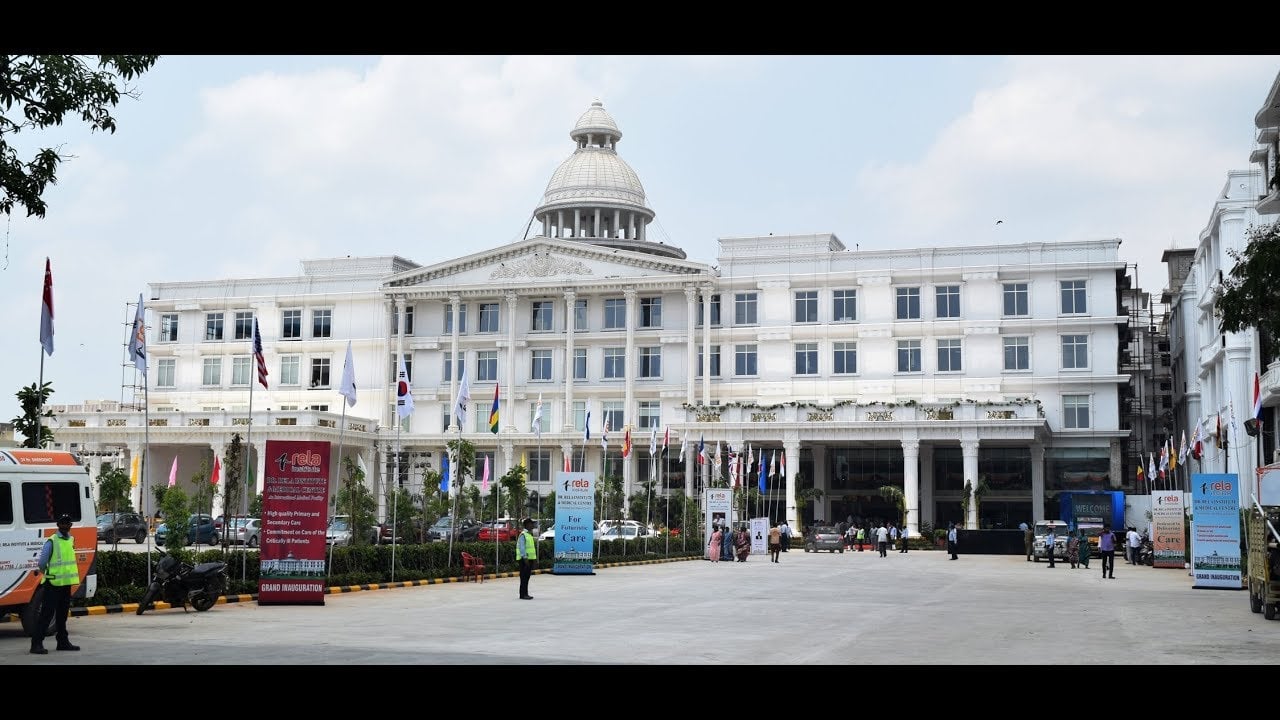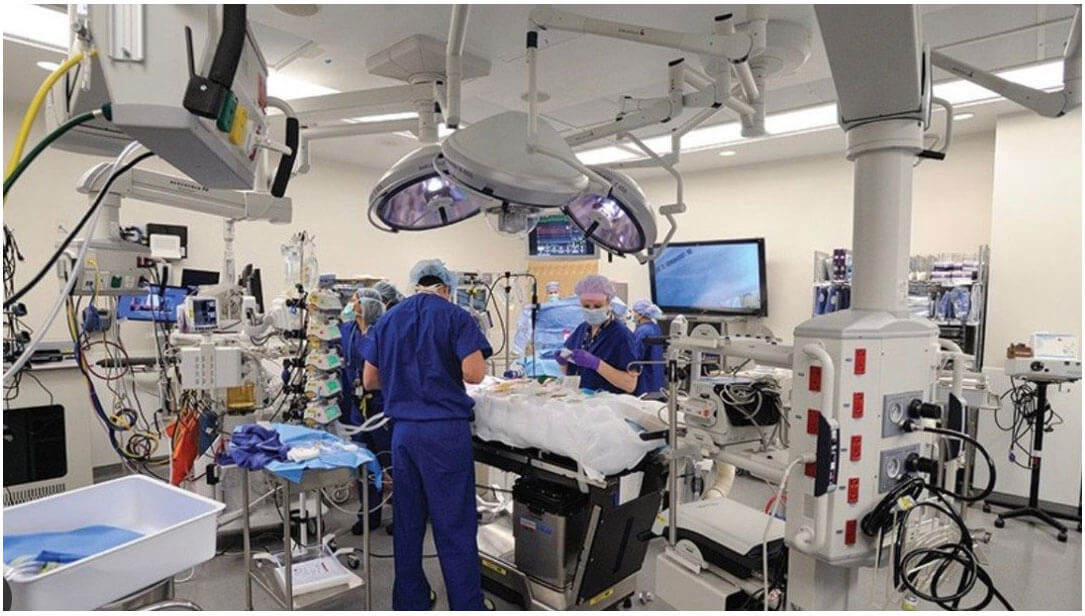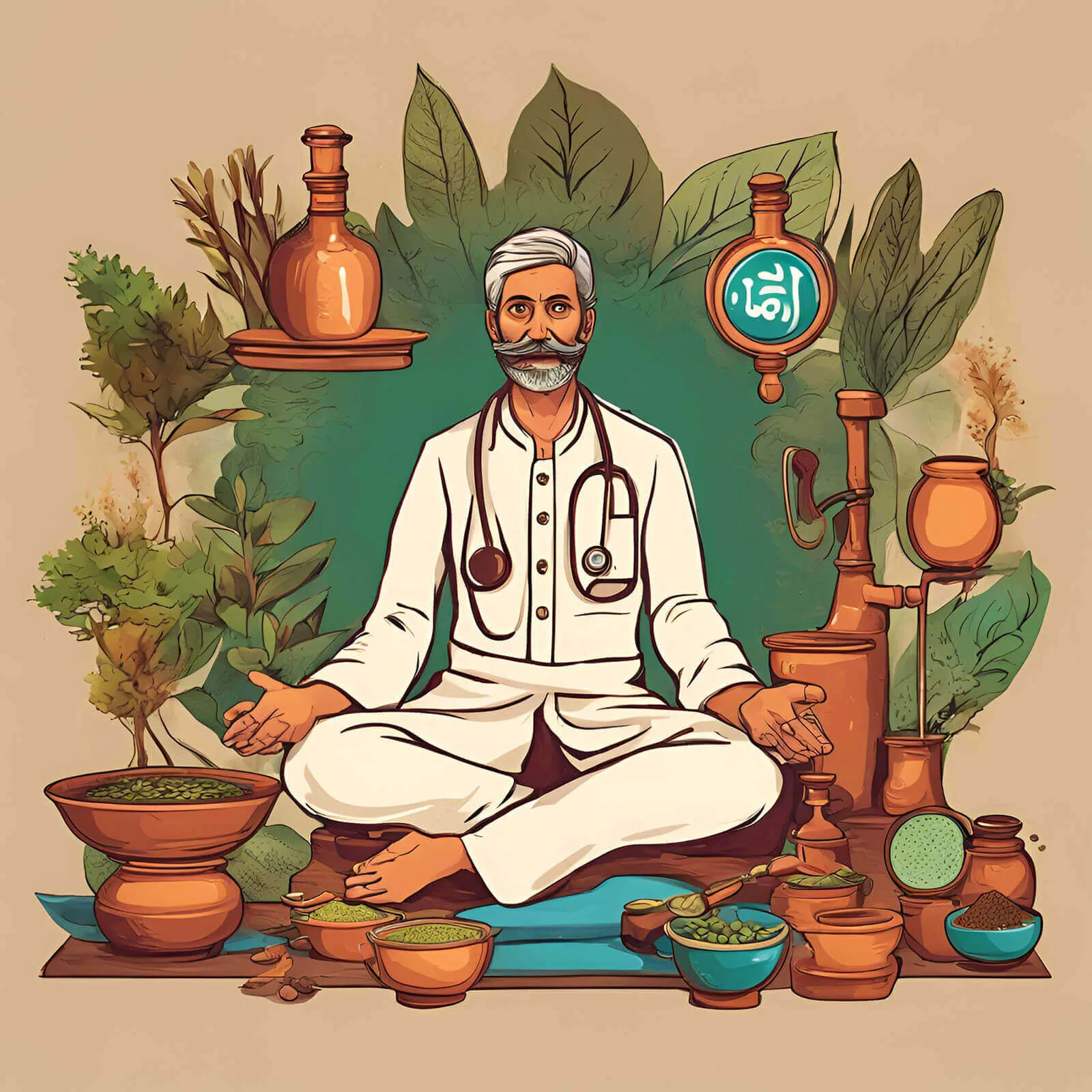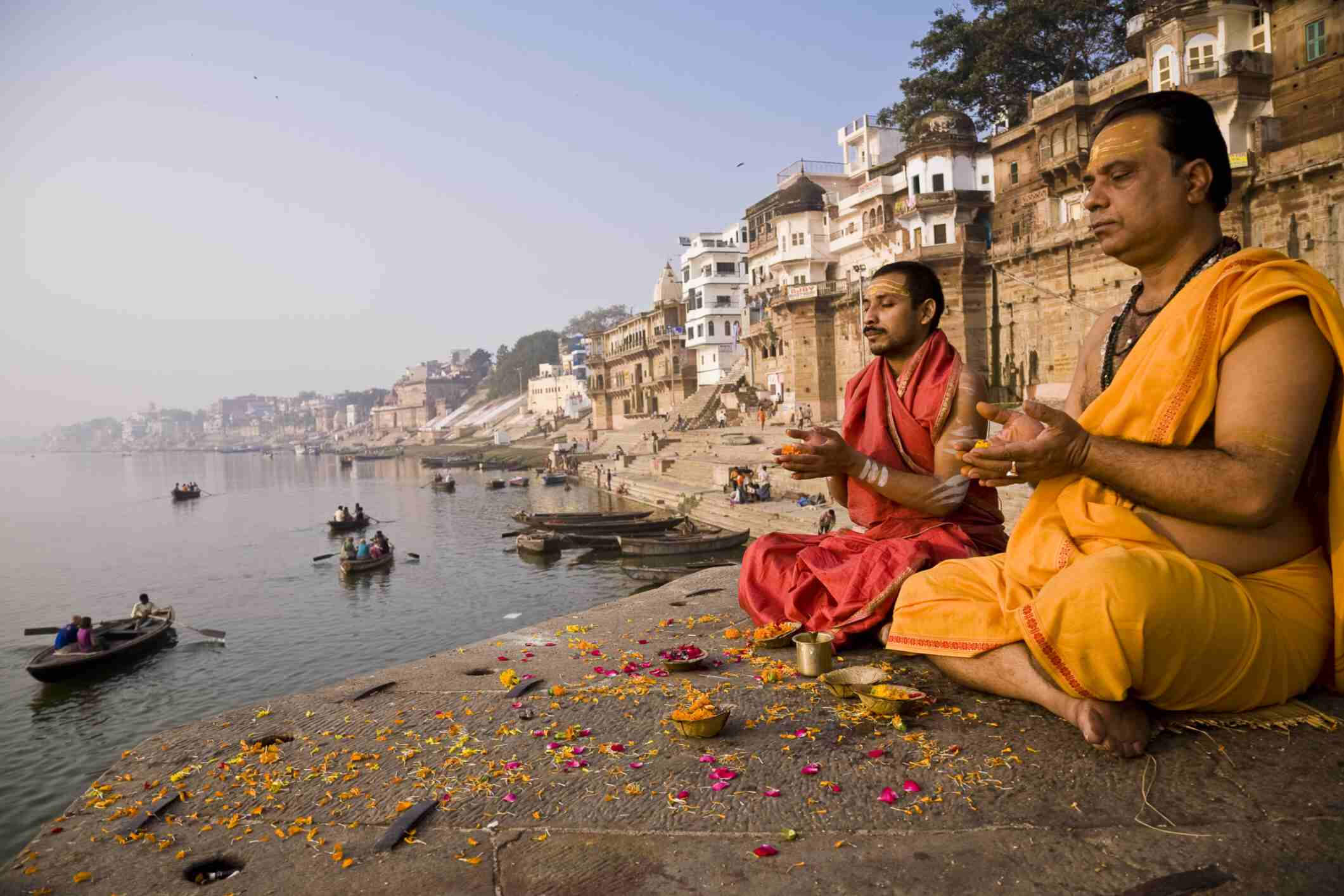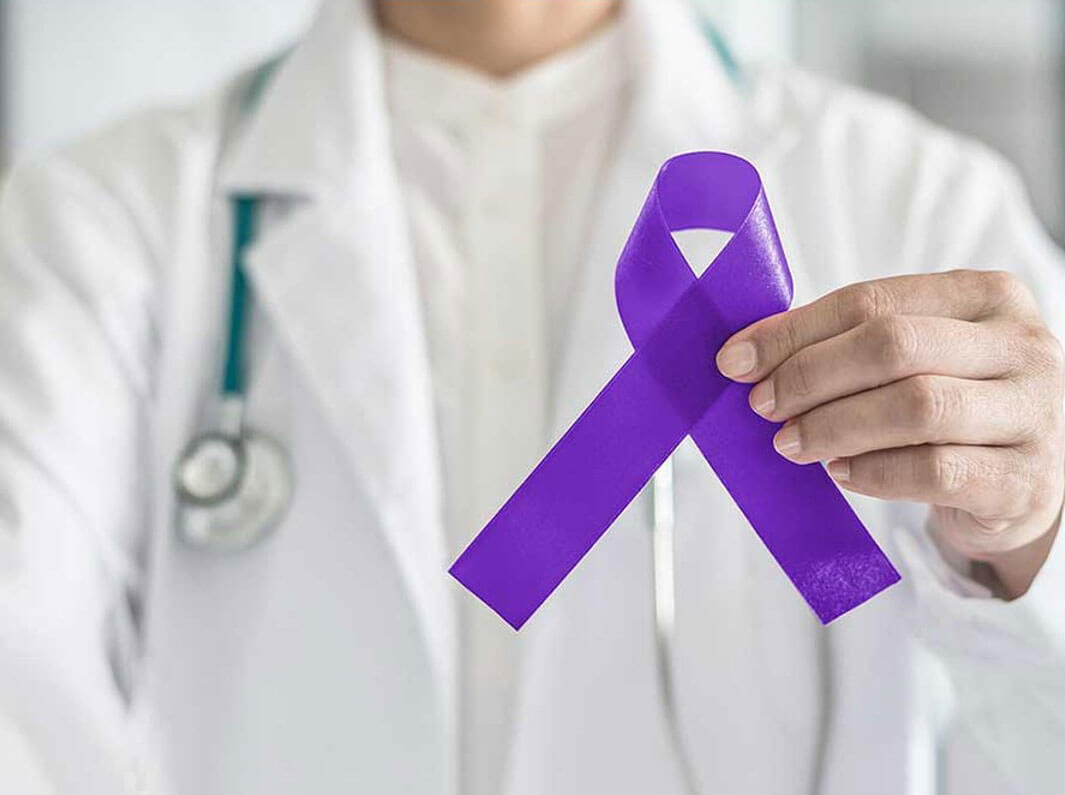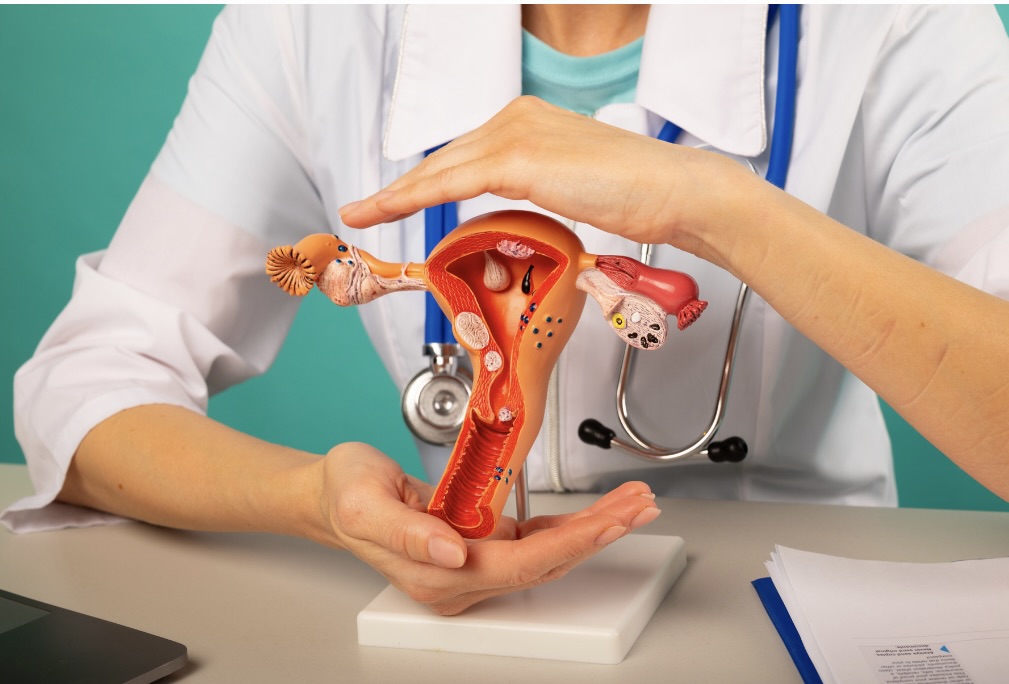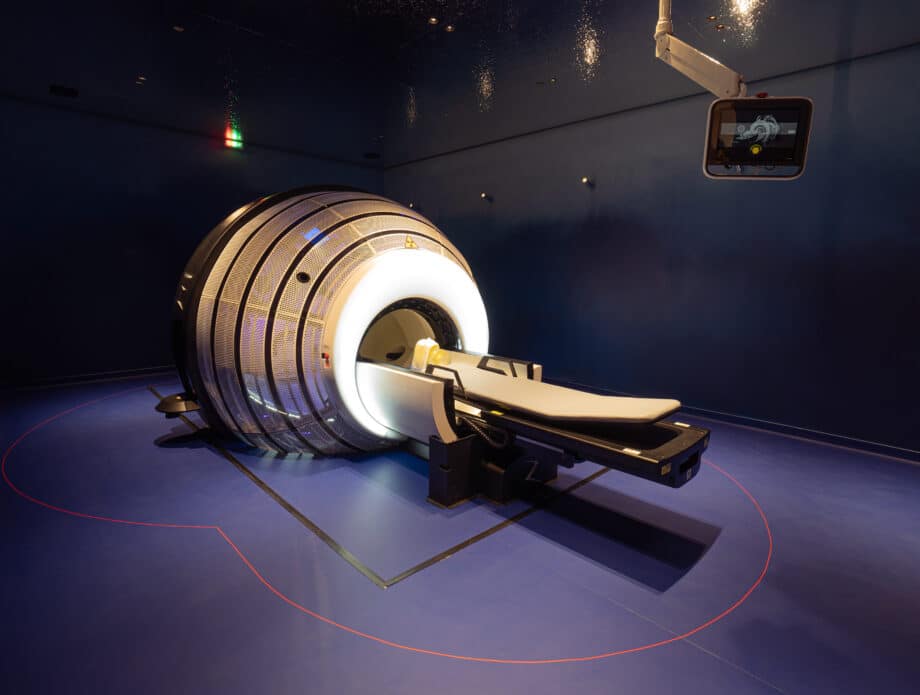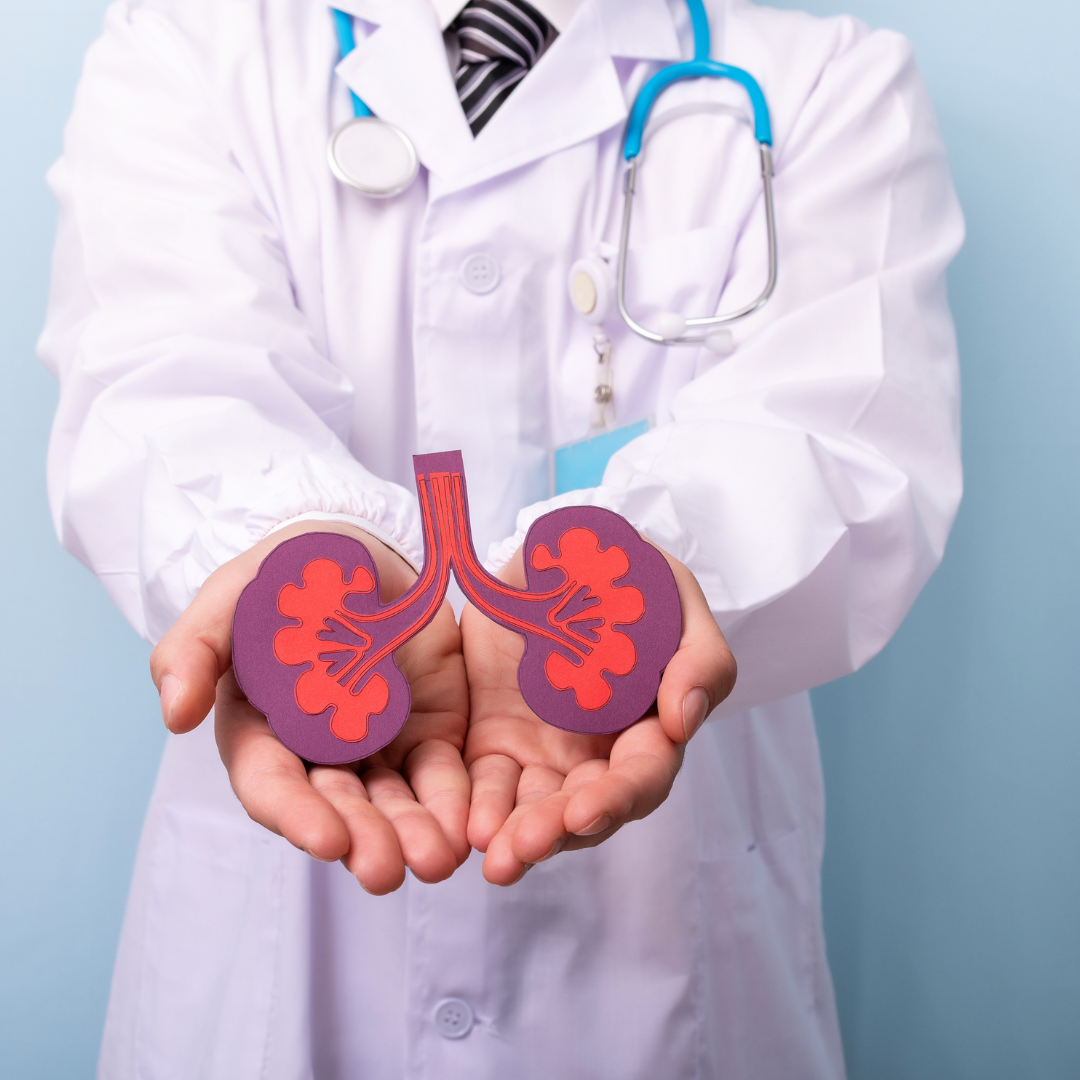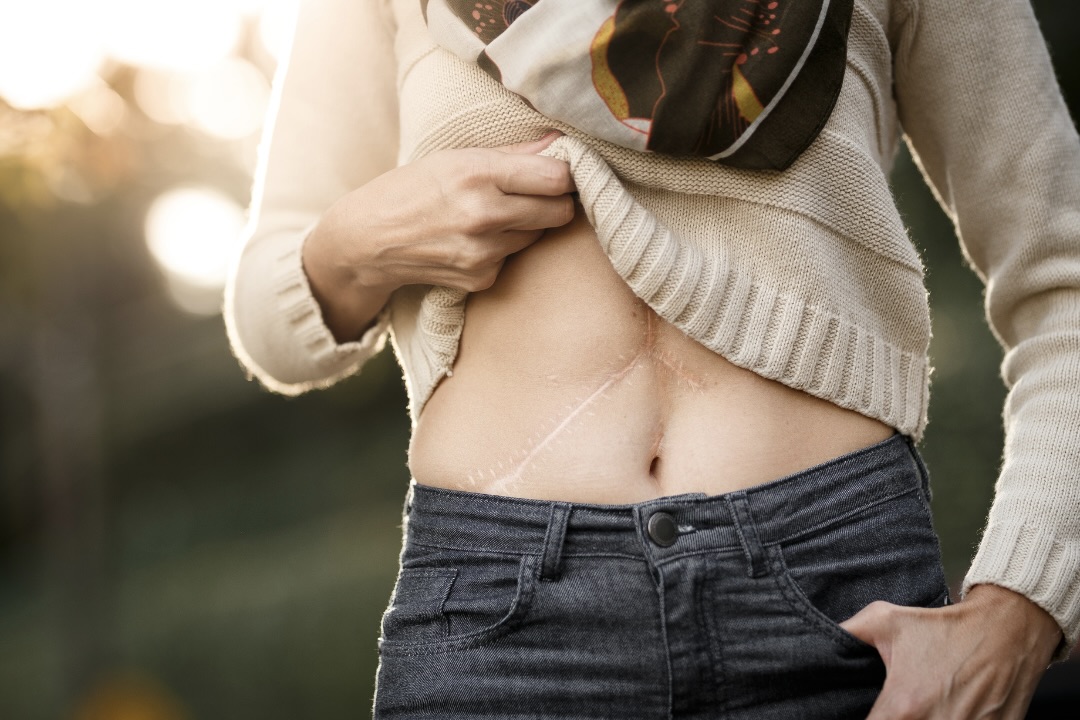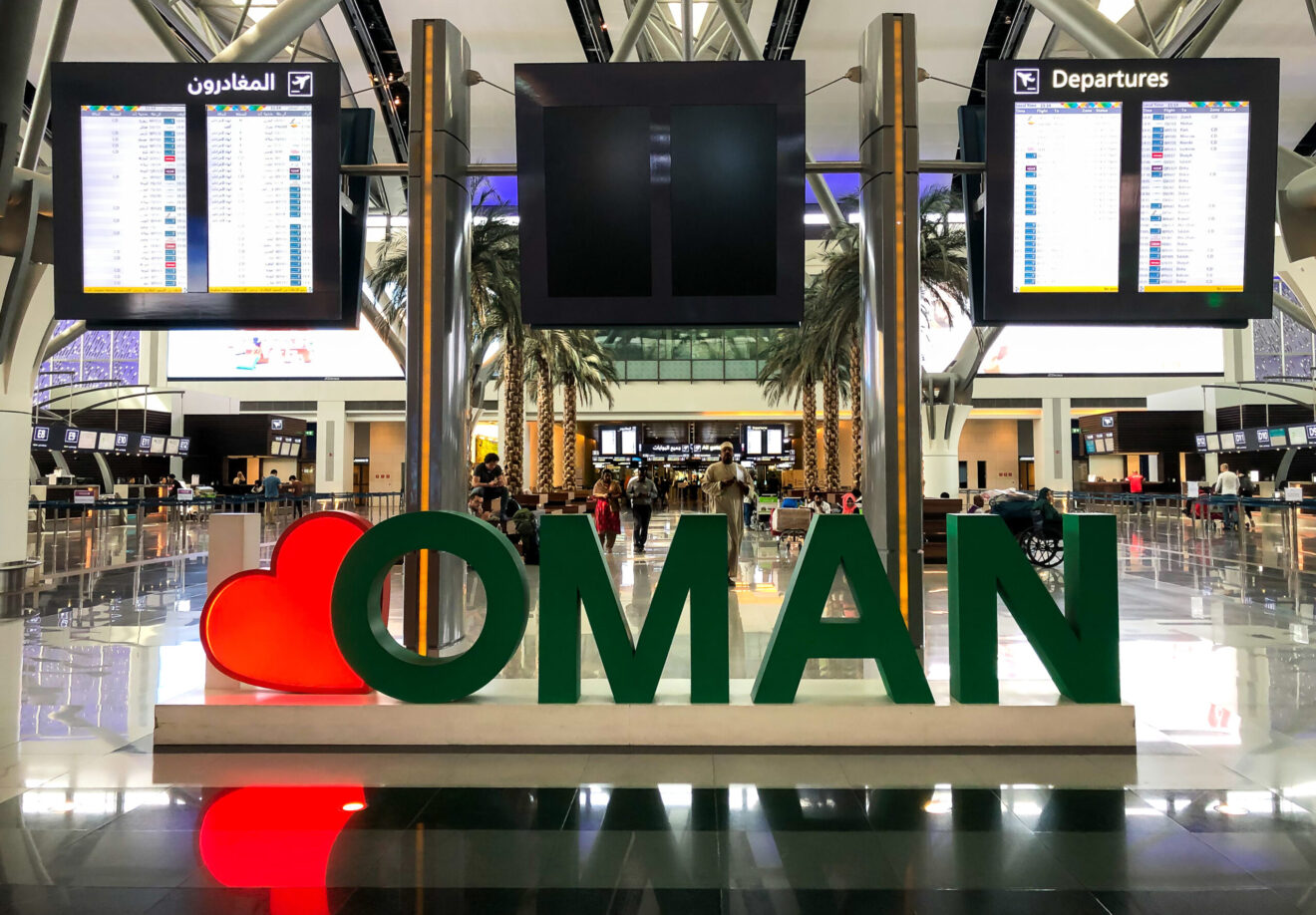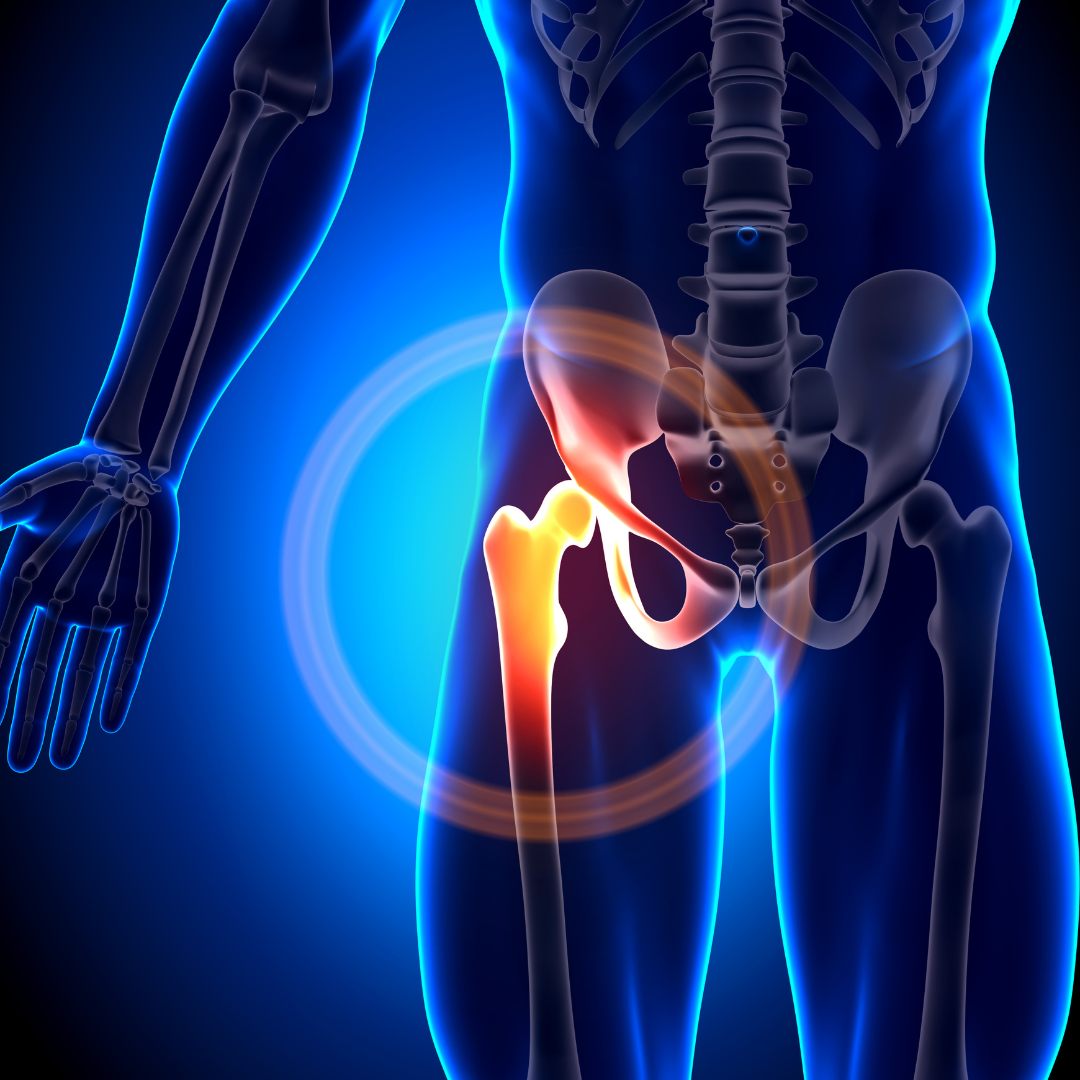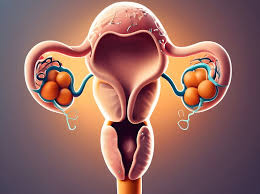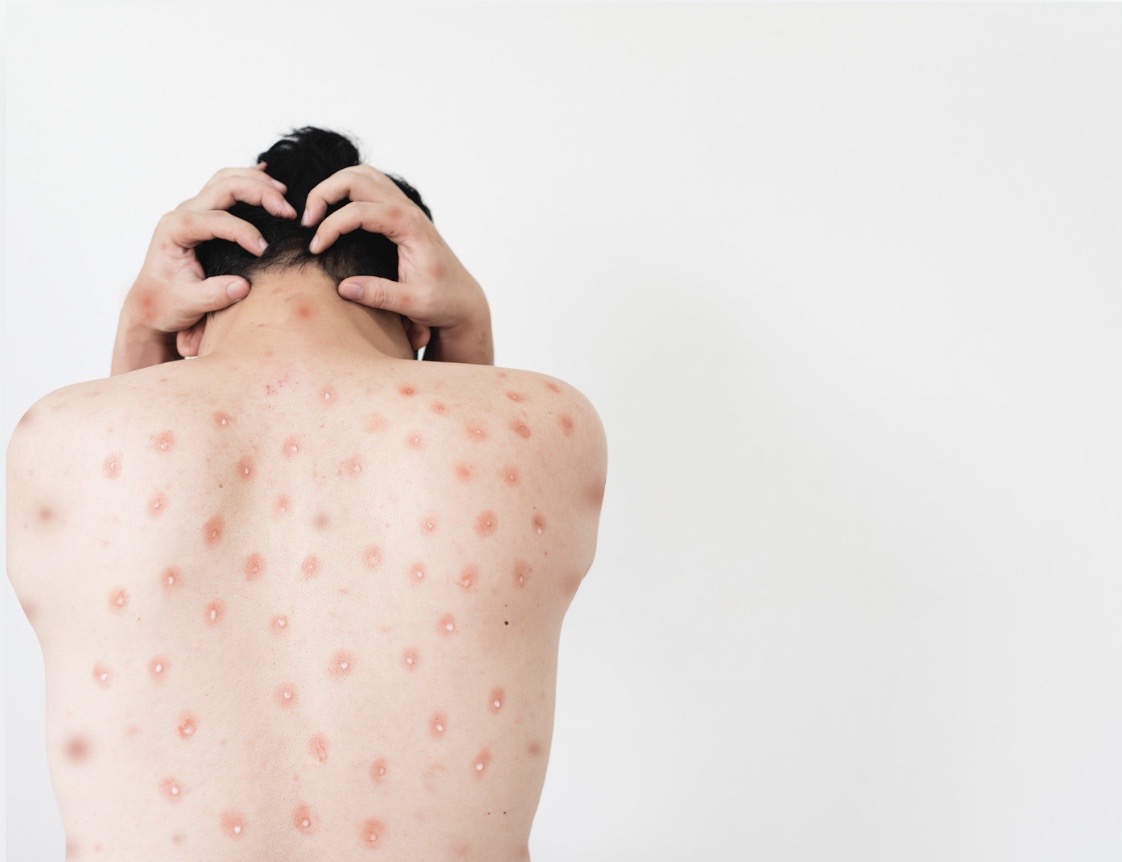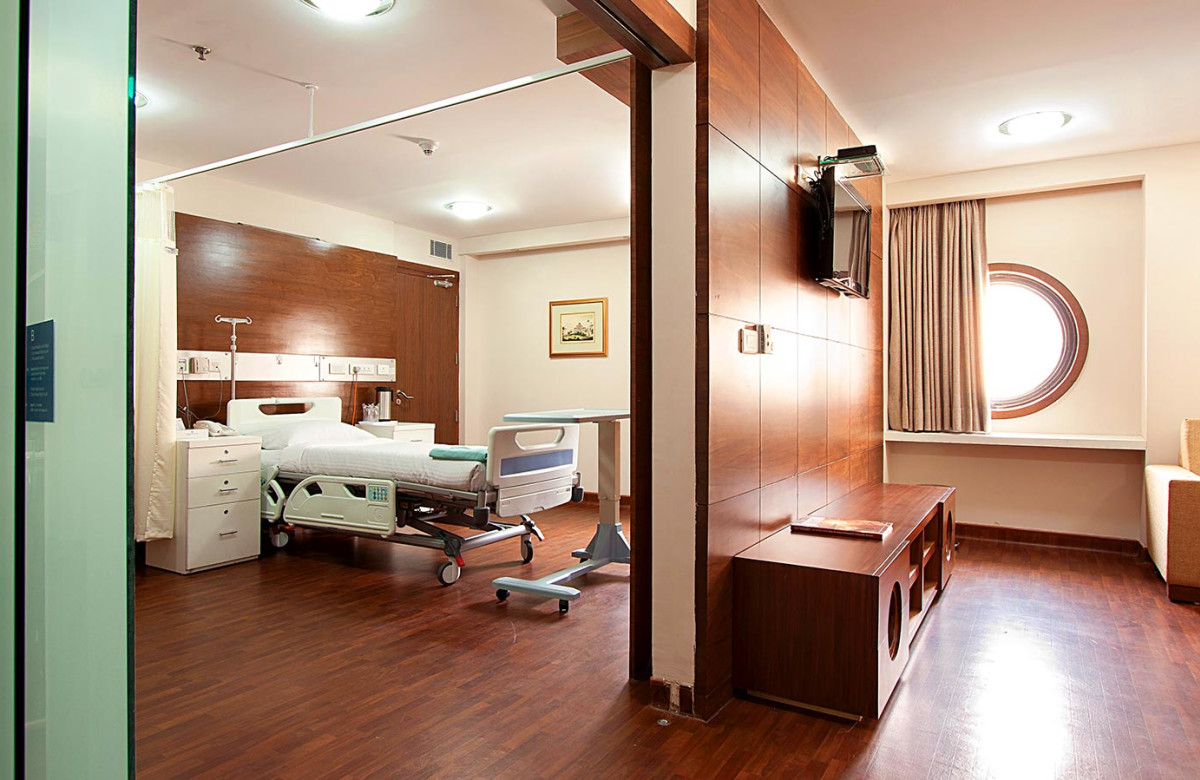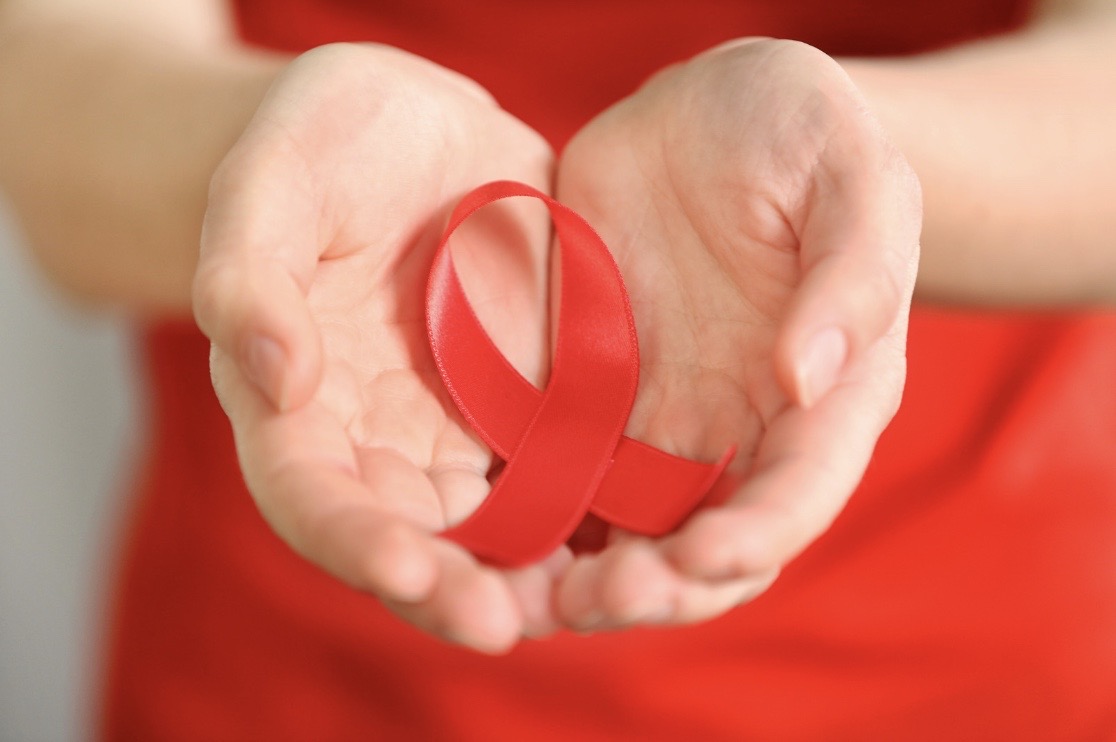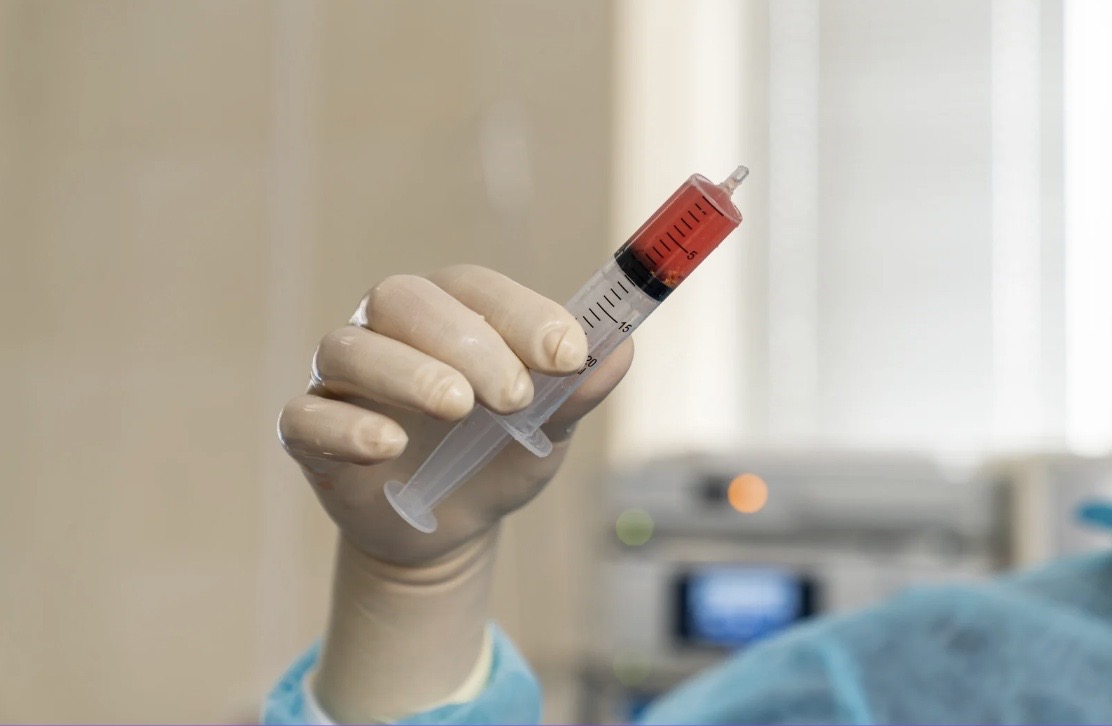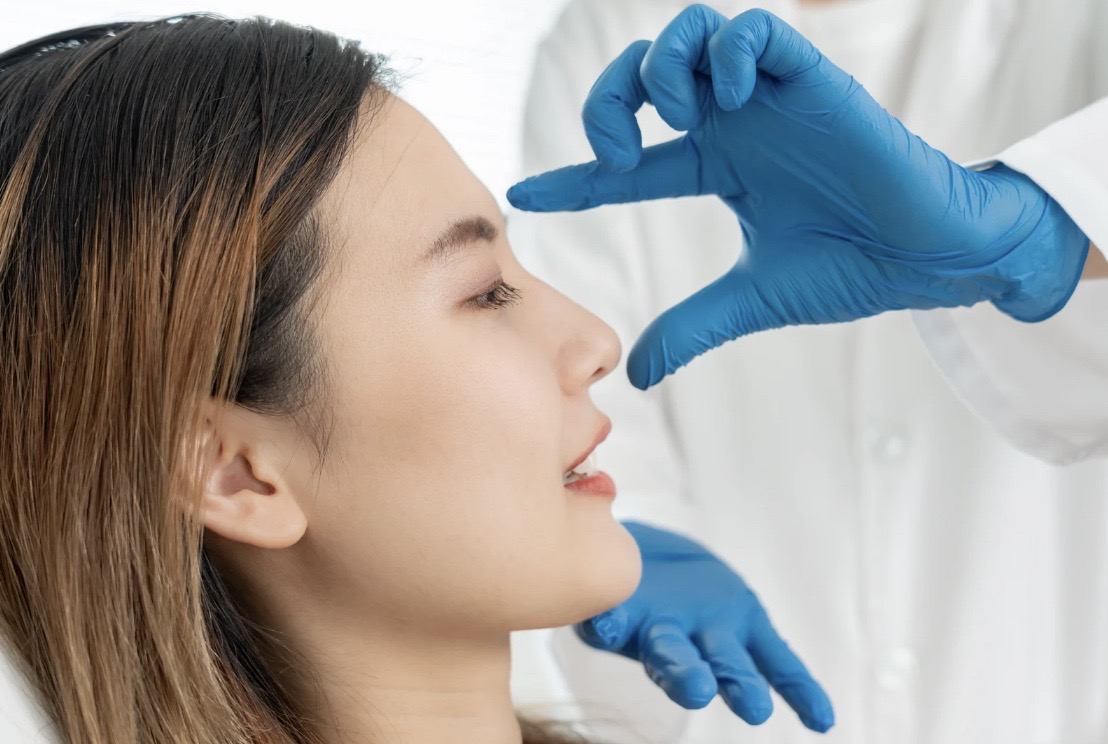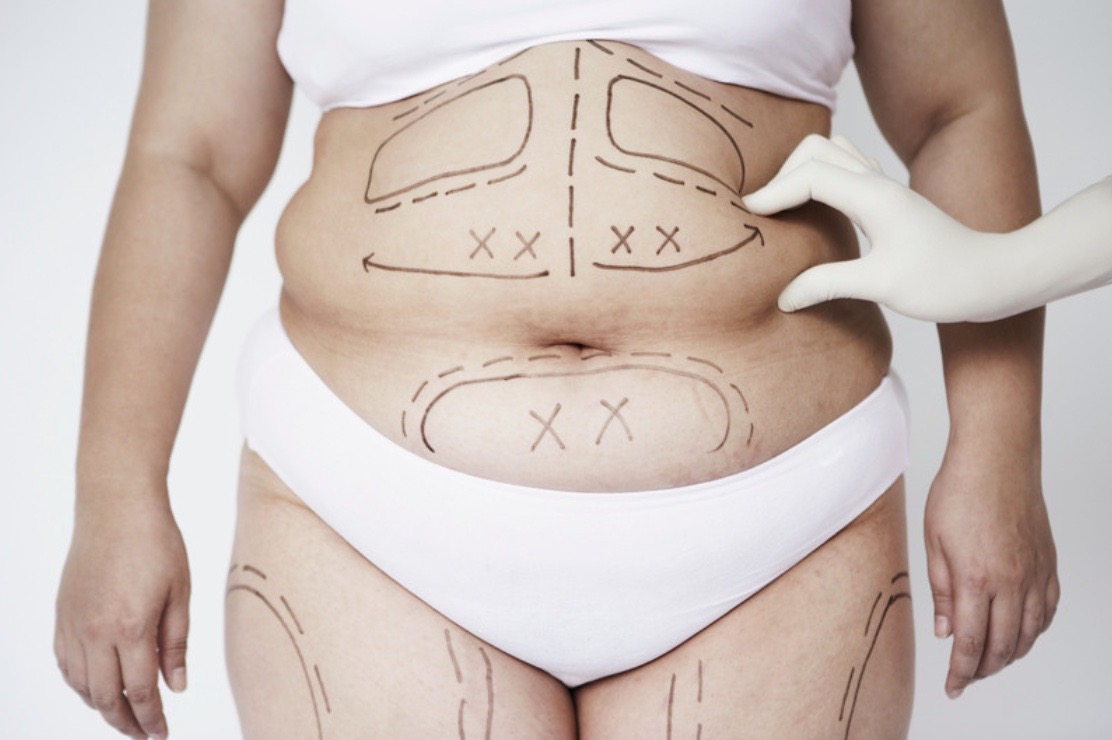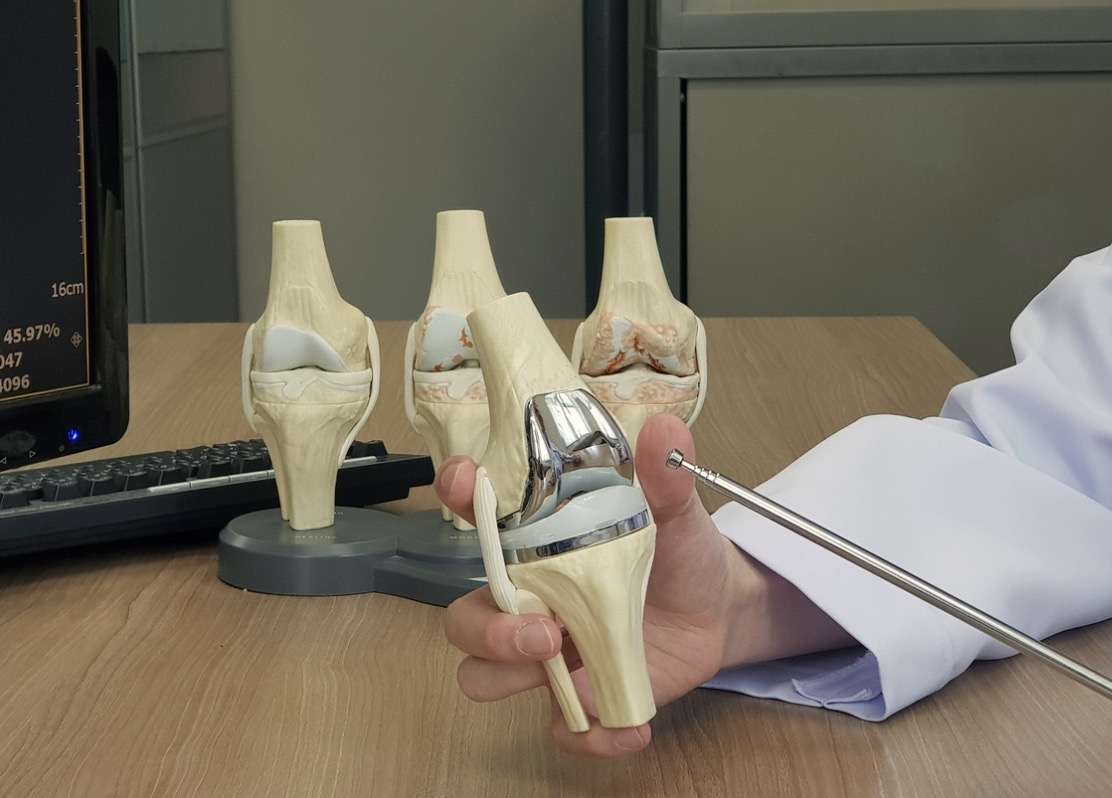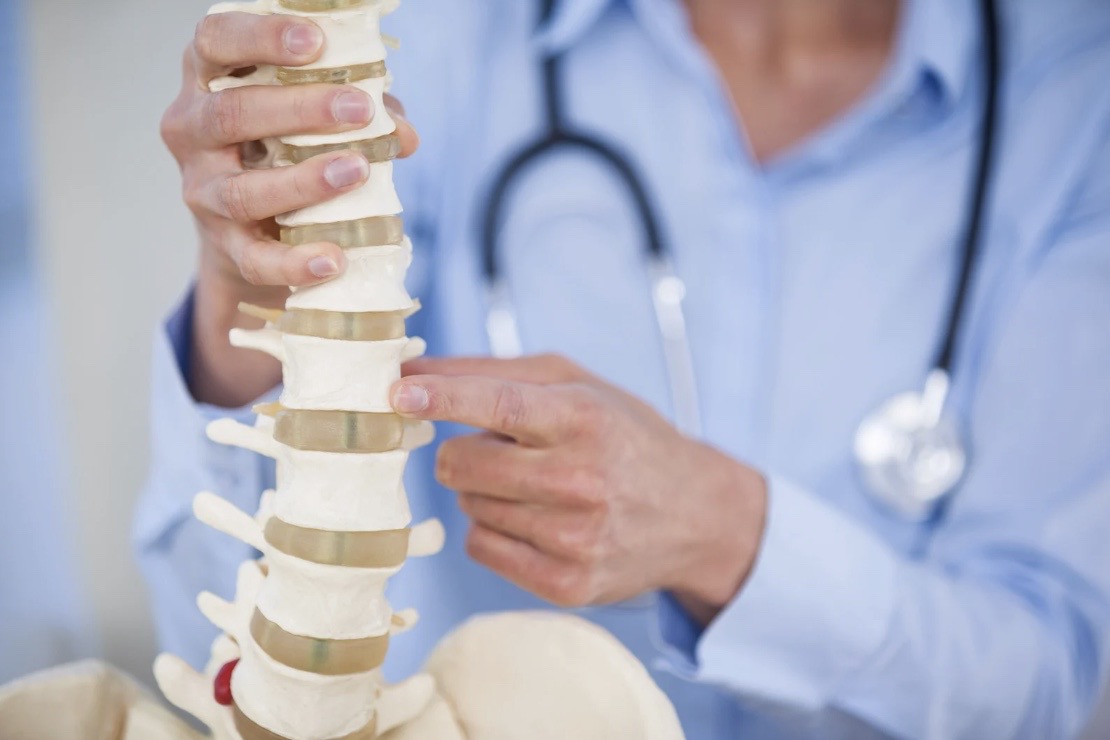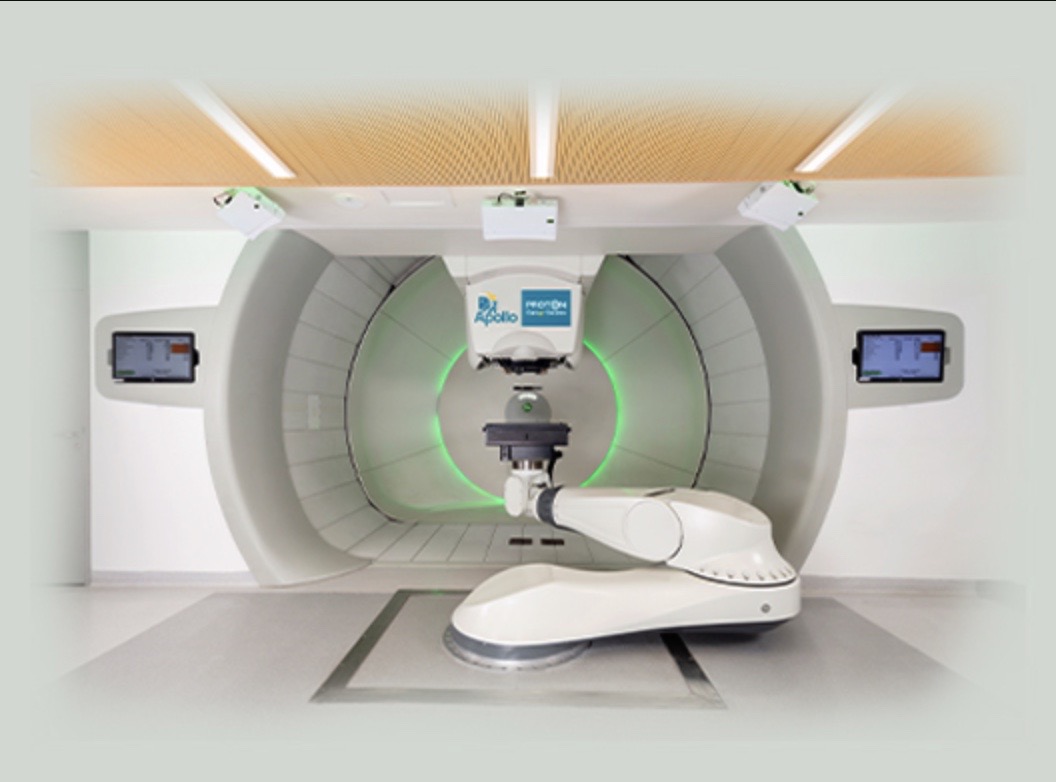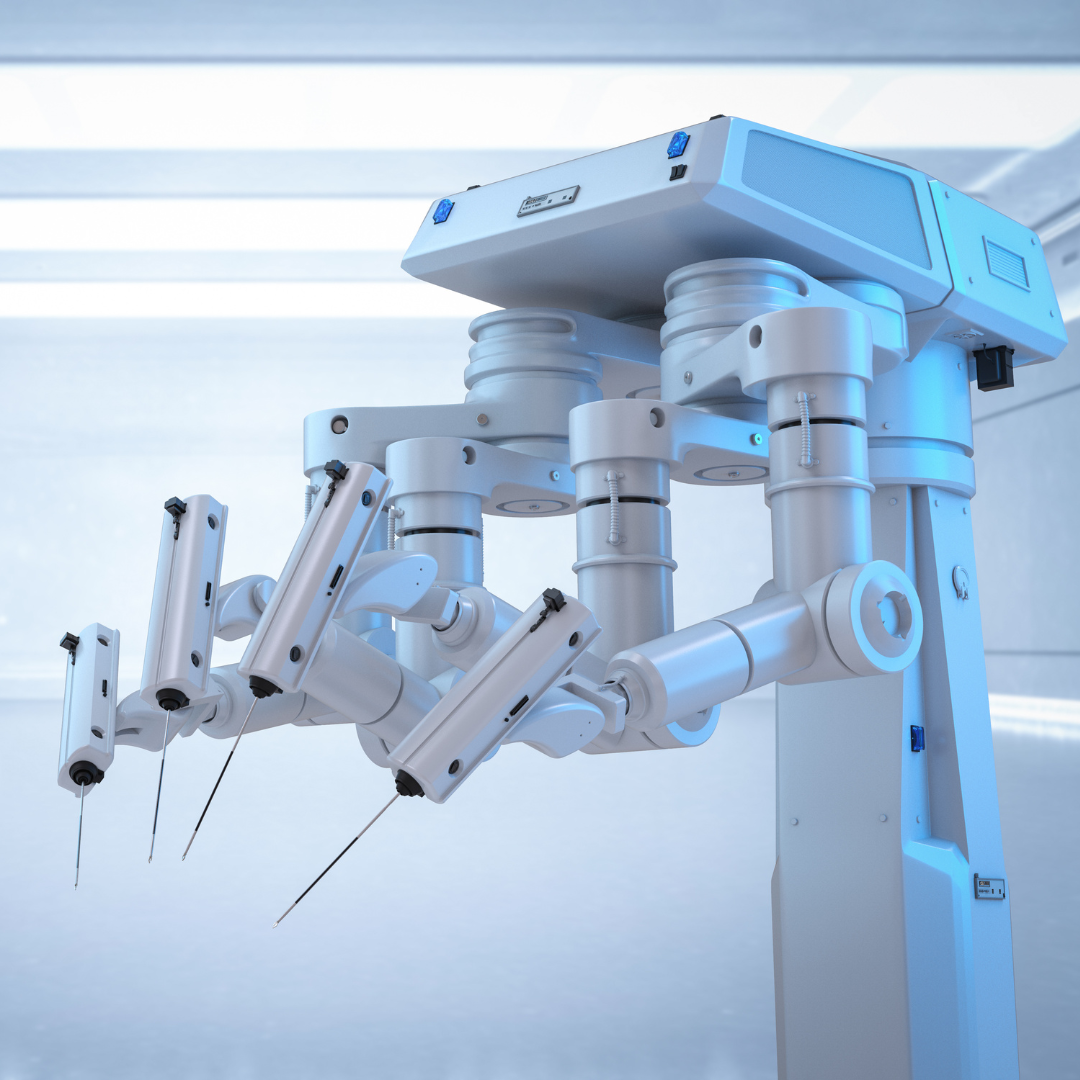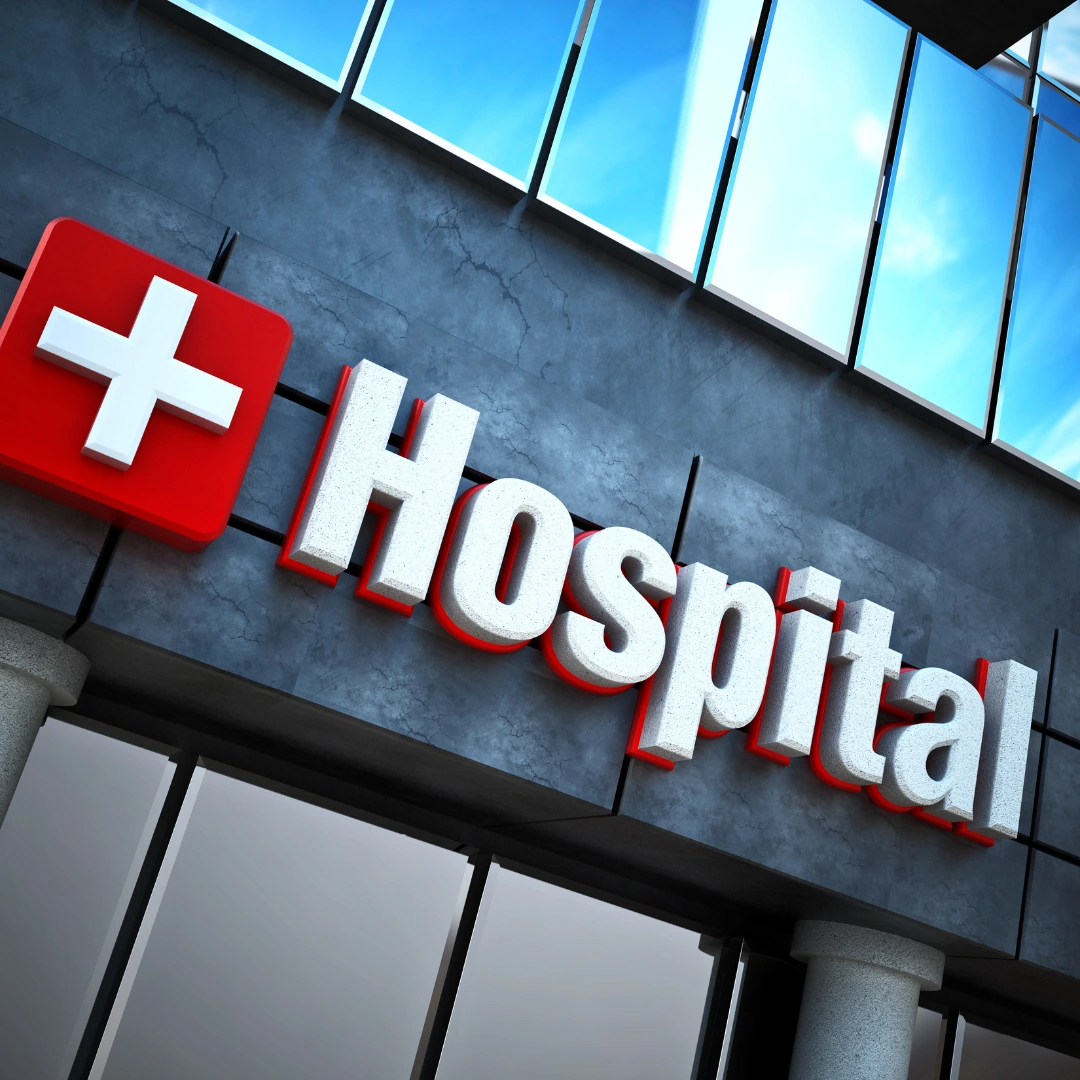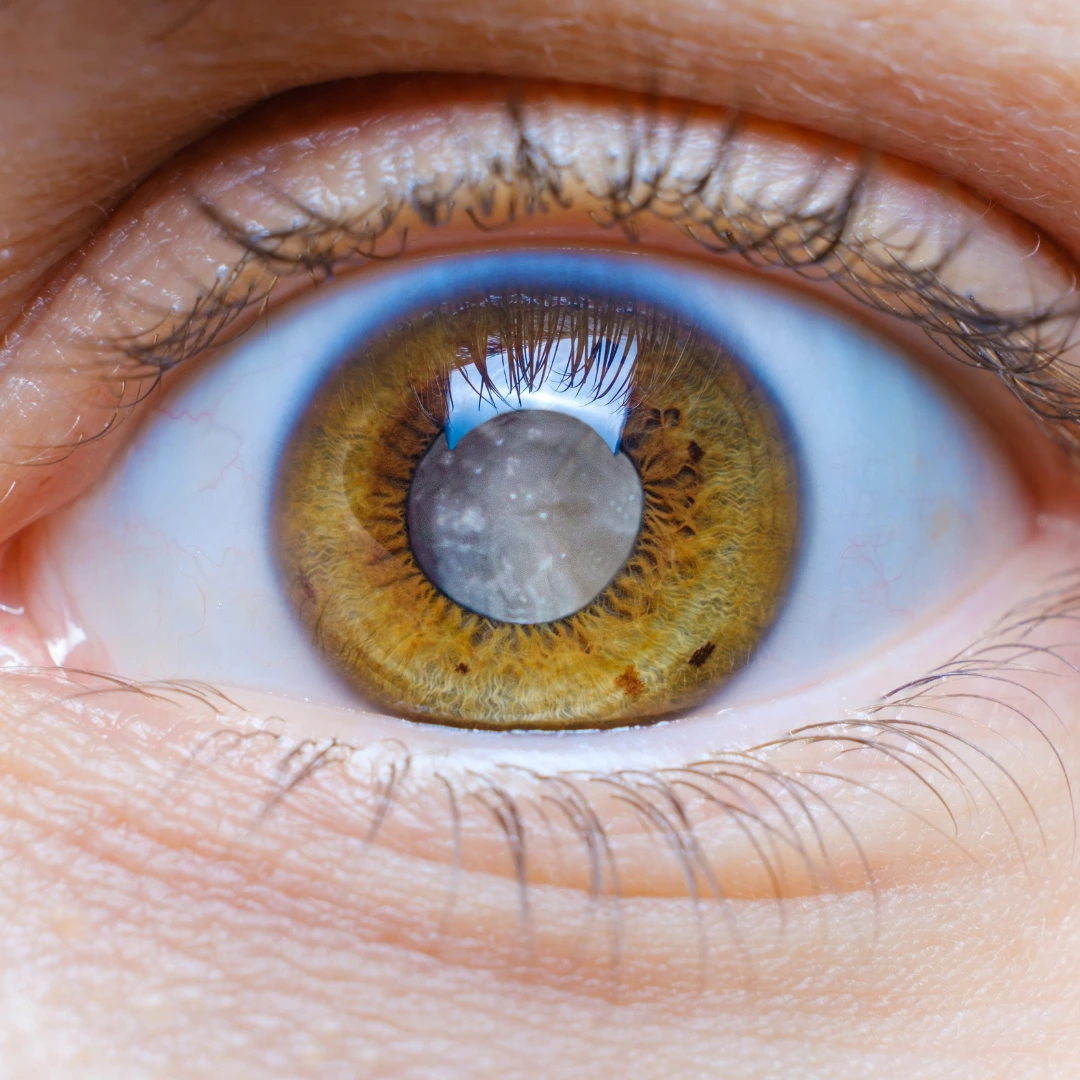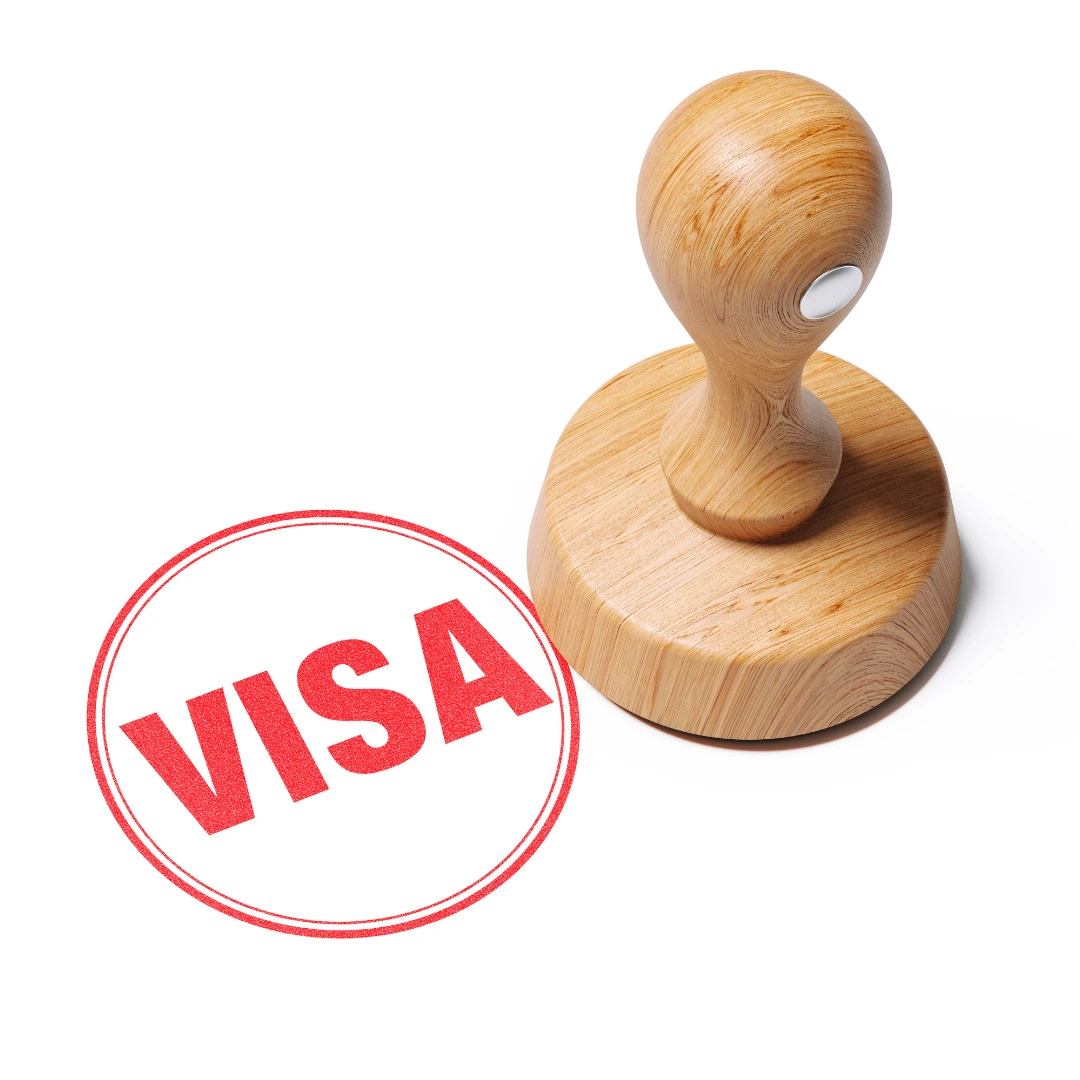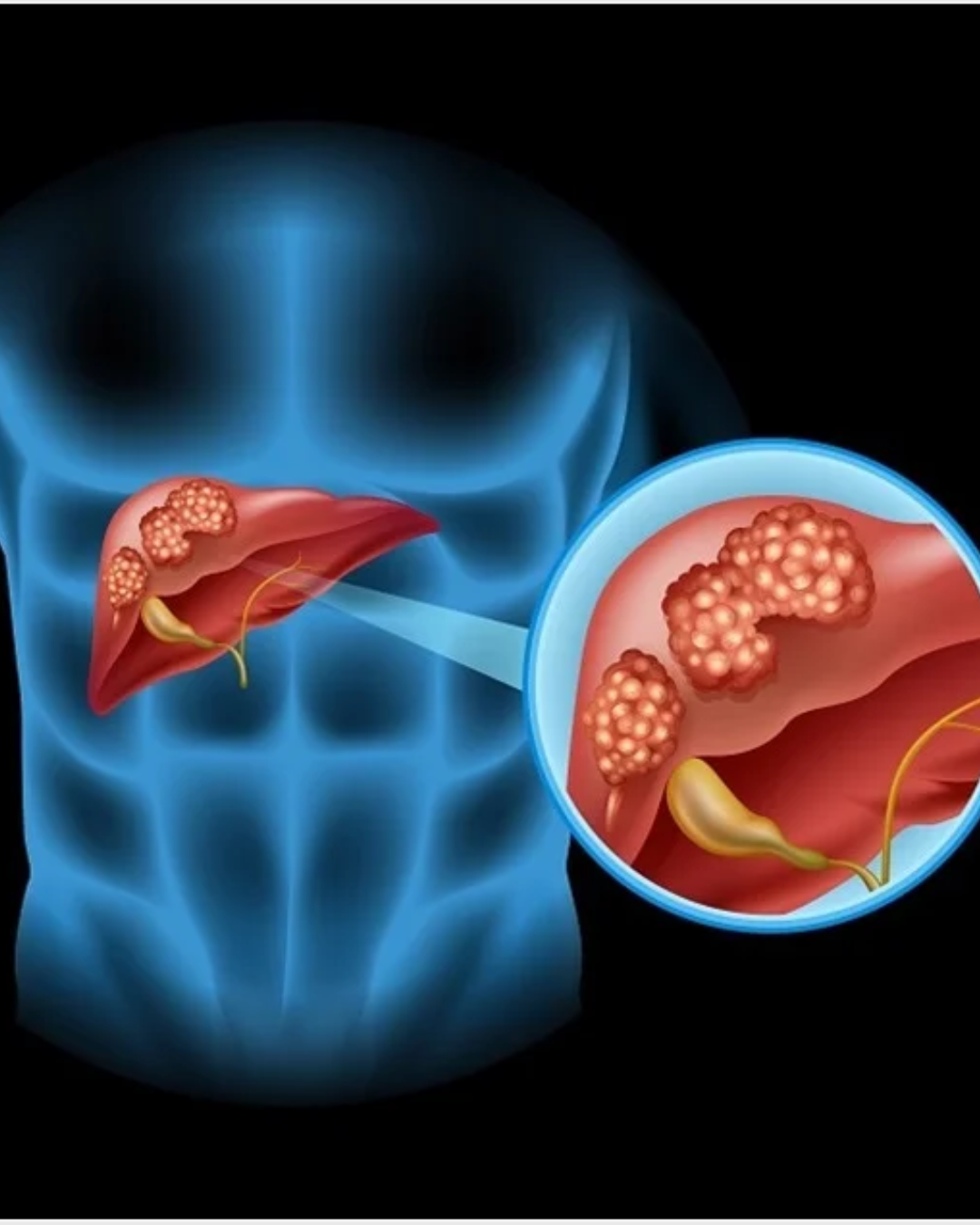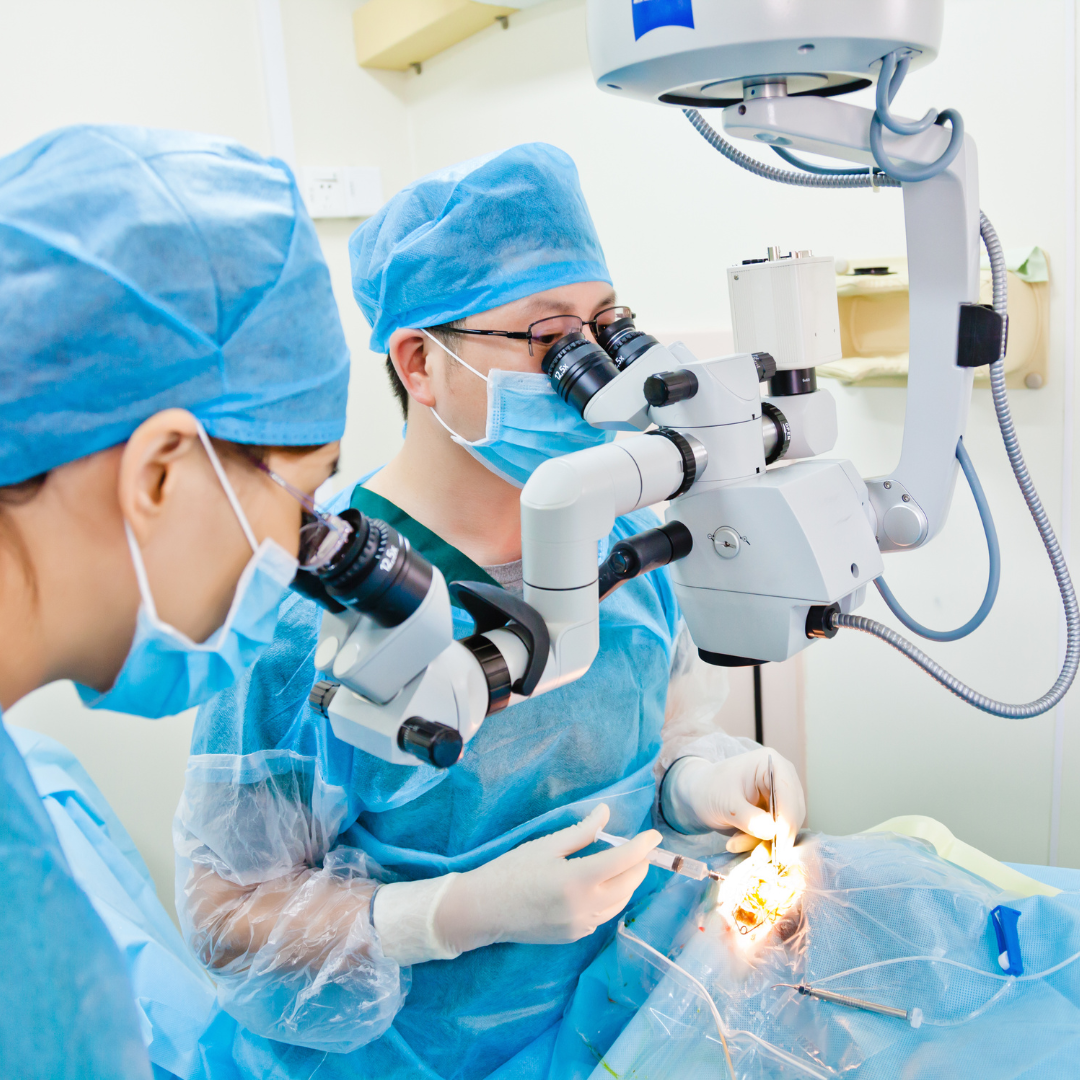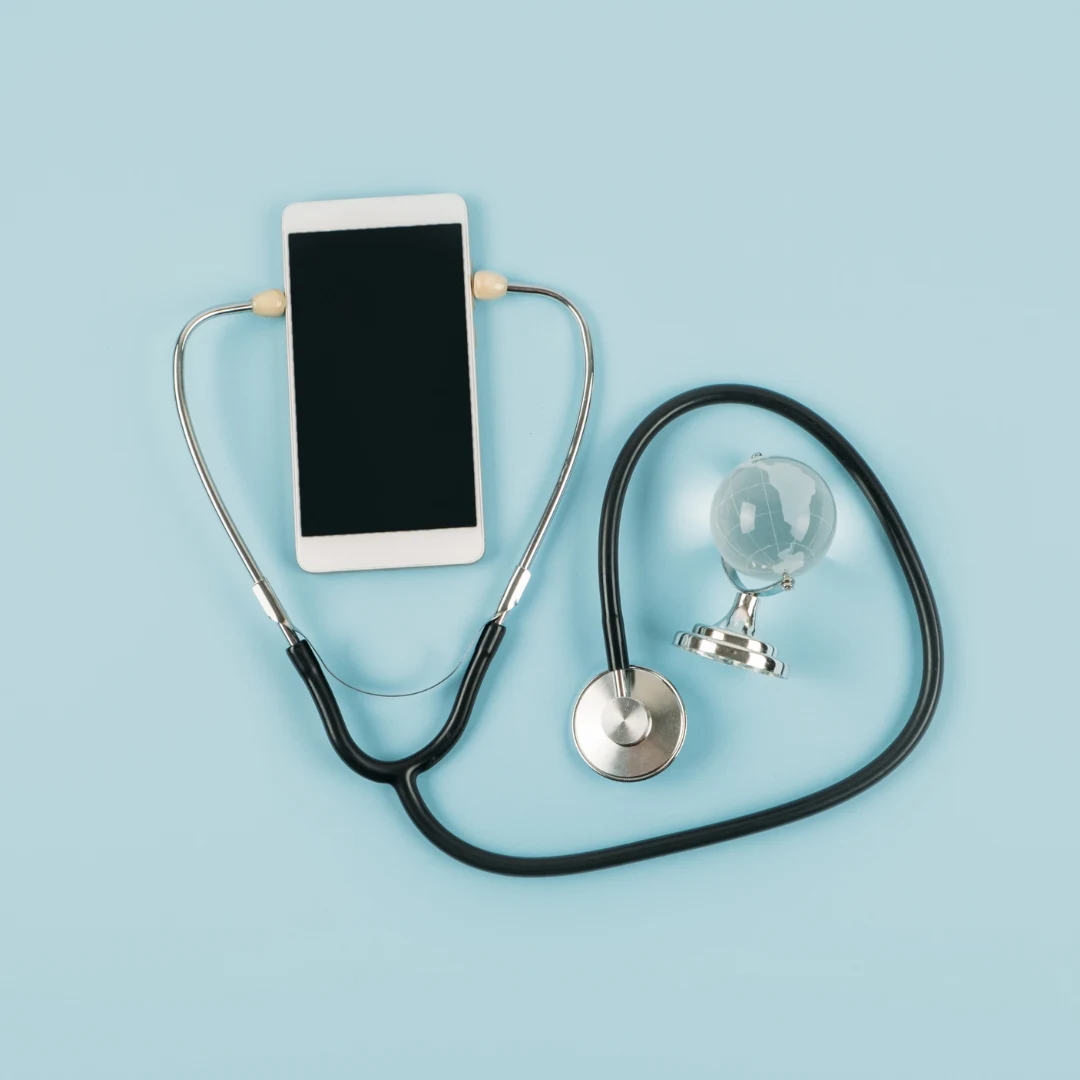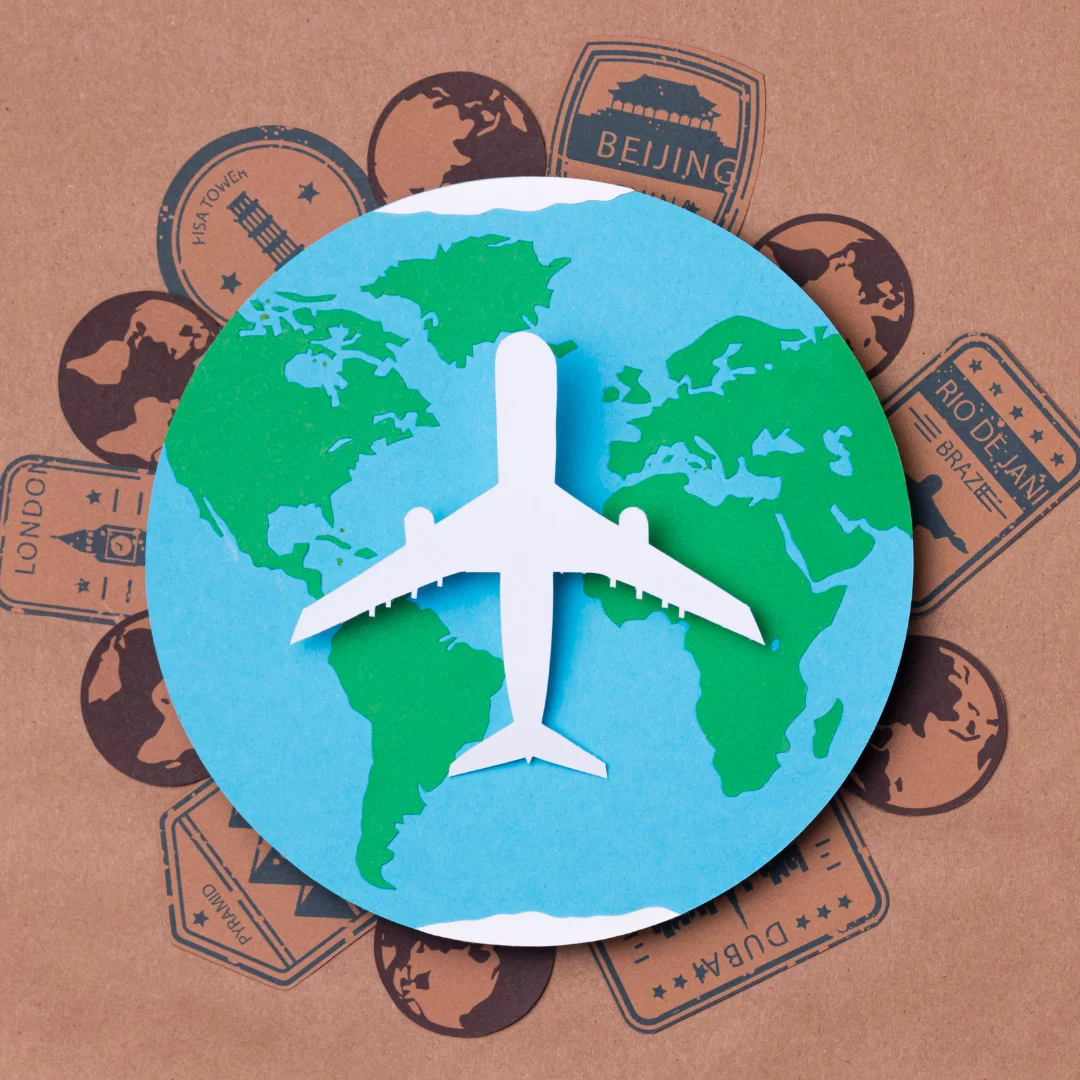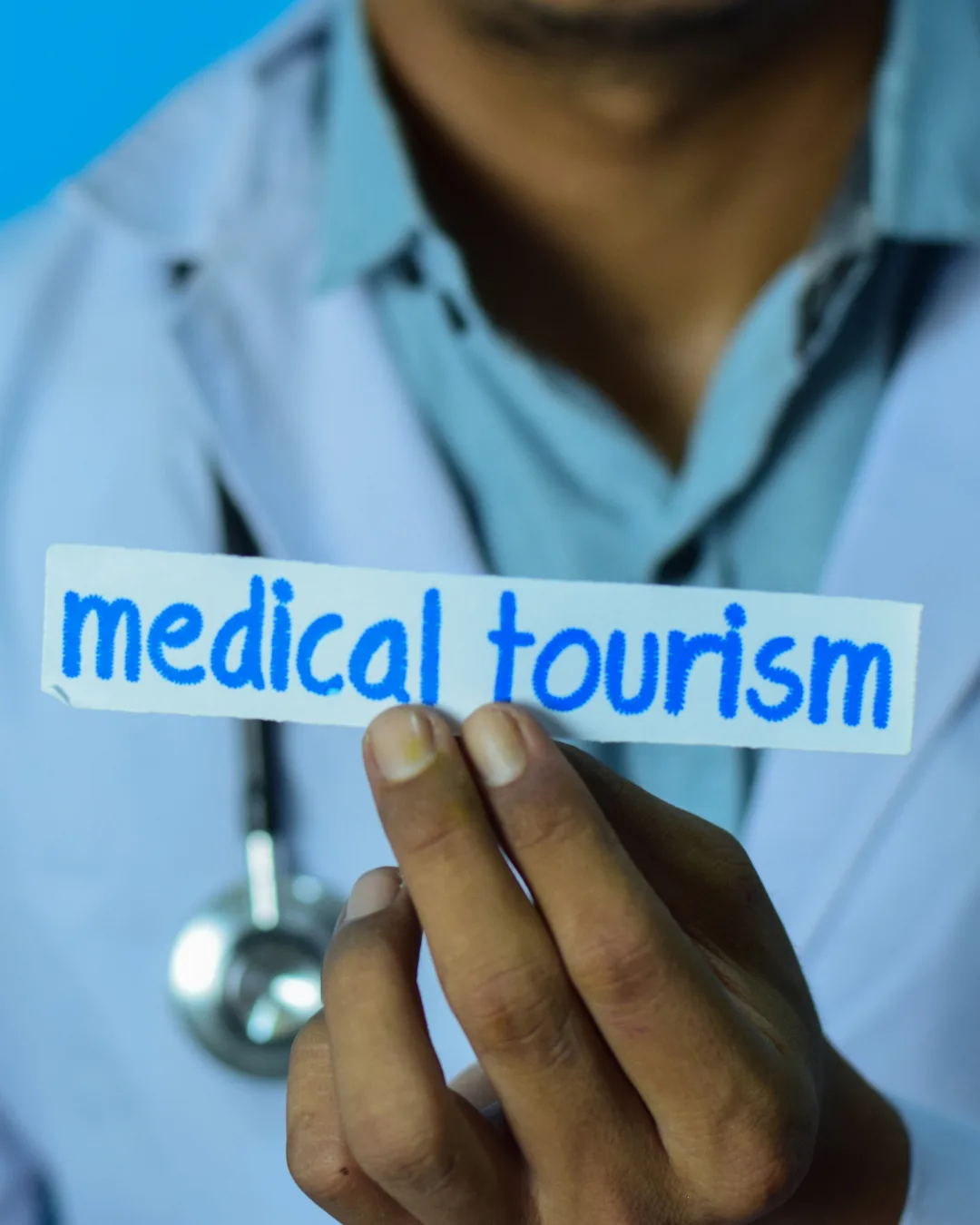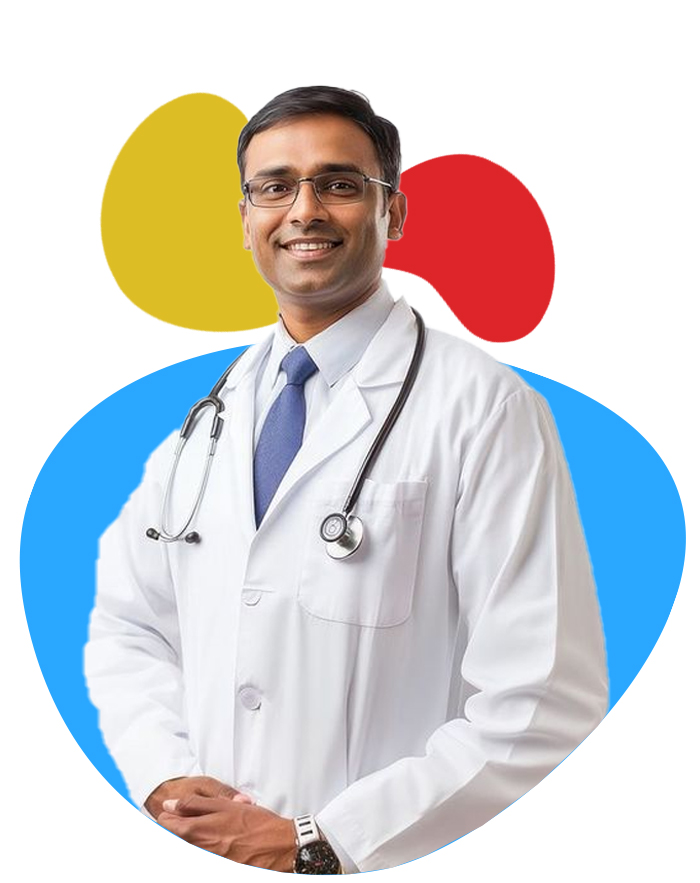Introduction
A shoulder ligament tear occurs when one or more of the ligaments in the shoulder joint are stretched, torn, or ruptured due to injury or overuse. Ligaments are strong connective tissues that stabilize the joint and allow for smooth, controlled movements. Tears in the shoulder ligaments can result from traumatic injuries, such as falls or sports accidents, or gradual wear and tear over time. Symptoms typically include pain, swelling, reduced range of motion, and difficulty lifting or rotating the arm. Depending on the severity of the tear, treatment options range from rest, physical therapy, and anti-inflammatory medications to surgical intervention. Early diagnosis and appropriate treatment are essential for restoring function and preventing long-term complications.
Cost Comparison
The cost of shoulder ligament tear treatment varies widely anywhere in the world, depending on the hospital, the stage of cancer, the type of treatment, the number of therapy sessions required, the patient’s overall health condition, post-operative complications and care, etc. The average cost of shoulder ligament tear in India is USD $2800.
But be assured as the cost of Shoulder Ligament Tear in India is just a fraction of developed nations.
- Avg Cost of treatment - $2800
- Maximum cost of treatment - $5000
Factors affecting Cost of treatment
-
Severity of the Injury: The complexity and extent of the ligament tear significantly impact treatment costs. A simple tear may require minimal intervention, while a more severe or complete tear could need extensive surgical repair or reconstruction.
-
Type of Treatment: Non-surgical treatments like physical therapy and medications are less costly than surgical procedures such as arthroscopy or ligament reconstruction. The choice of treatment directly influences the overall cost.
-
Surgeon’s Experience and Expertise: A renowned orthopedic surgeon with a specialization in shoulder injuries may charge higher consultation and surgical fees compared to a general practitioner.
-
Facility and Technology Used: The use of advanced medical technologies, such as arthroscopic procedures or robotic-assisted surgeries, can lead to higher costs due to the specialized equipment involved.
-
Recovery and Rehabilitation: Post-surgery rehabilitation (such as physiotherapy) may add to the treatment cost. A comprehensive recovery plan tailored to the patient's needs can also contribute to the overall expenses.
-
Hospital Stay Duration: The length of the hospital stay varies based on the severity of the injury and the treatment. Longer stays for observation or post-operative care increase the cost.
-
Insurance Coverage: If the patient has insurance, the coverage may reduce out-of-pocket expenses. However, some insurance policies might not cover specific treatments or procedures, leading to a higher direct cost.
- Medications: The need for post-operative medications, such as pain management or antibiotics, can add to the overall cost.
Treatment Options
1. Conservative (Non-Surgical) Treatments
-
Rest: Allowing the shoulder to rest and avoid movements that strain the ligament. This is often combined with the use of a sling to immobilize the shoulder and reduce pain.
-
Ice Application: Ice packs can help reduce swelling and relieve pain, especially in the initial phase after the injury.
-
Pain Management: Nonsteroidal anti-inflammatory drugs (NSAIDs) like ibuprofen or acetaminophen may be prescribed to manage pain and reduce inflammation.
-
Physical Therapy: Rehabilitation exercises to improve shoulder strength, flexibility, and range of motion. Physical therapy plays a crucial role in recovery for both non-surgical and post-surgical treatments.
-
Corticosteroid Injections: In some cases, a corticosteroid injection may be used to reduce inflammation and pain, especially if conservative treatments are not effective.
2. Surgical Treatments
When conservative treatments fail or if the tear is severe, surgical intervention might be necessary. Common surgical options include:
-
Arthroscopic Surgery: This minimally invasive procedure uses small incisions and a camera to guide the surgeon in repairing the torn ligaments. Arthroscopic surgery allows for faster recovery and reduces the risk of infection.
-
Open Surgery: In cases of more extensive damage or complex ligament tears, open surgery may be required to repair or reconstruct the torn ligament using sutures or other techniques.
-
Ligament Reconstruction: For a complete rupture of the ligament, the surgeon may reconstruct the damaged ligament using tissue grafts from another part of the body (autograft) or from a donor (allograft).
-
Rotator Cuff Repair (if necessary): If the tear involves the rotator cuff in addition to the ligament, a rotator cuff repair might be performed as part of the procedure.
3. Post-Surgical Rehabilitation
After surgery, rehabilitation plays a significant role in the full recovery of the shoulder. It typically includes:
-
Physical Therapy: Targeted exercises to restore strength, flexibility, and functionality.
-
Gradual Return to Activity: Depending on the type of surgery, return to normal activities, especially sports, is gradual and takes several months.
4. Stem Cell Therapy
In some cases, stem cell injections may be explored to promote healing of the damaged ligament tissue, although this is still considered an experimental treatment.
How Medotil Global Assists International Patients
Medical Visa Assistance
- Guides patients through the process of obtaining a medical visa for India.
- Provides necessary documentation support, such as invitation letters from hospitals.
Accommodation Arrangements
- Helps secure comfortable and affordable lodging near treatment centers.
- Offers a range of options, including guest houses, hotels, or serviced apartments.
Food Services
- Assists in arranging dietary preferences, including international cuisines and special diets for medical needs.
Transportation Support
- Provides airport pickup and drop-off services.
- Offers reliable transportation for hospital visits and local travel.
Hospital and Doctor Selection
- Recommends top hospitals and connects patients with experienced specialists in their specific condition.
- Ensures access to advanced medical treatments and technology.
Tourism Services
- Organizes visits to famous tourist attractions like the Taj Mahal, Jaipur, Kerala, and other cultural landmarks.
- Tailors travel plans based on patient preferences and recovery needs.
24/7 Support
- Provides round-the-clock assistance for any queries or emergencies during the stay in India.


